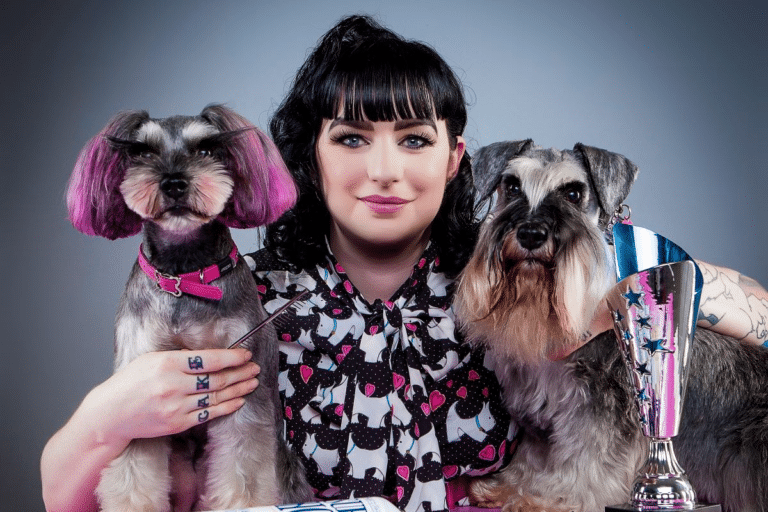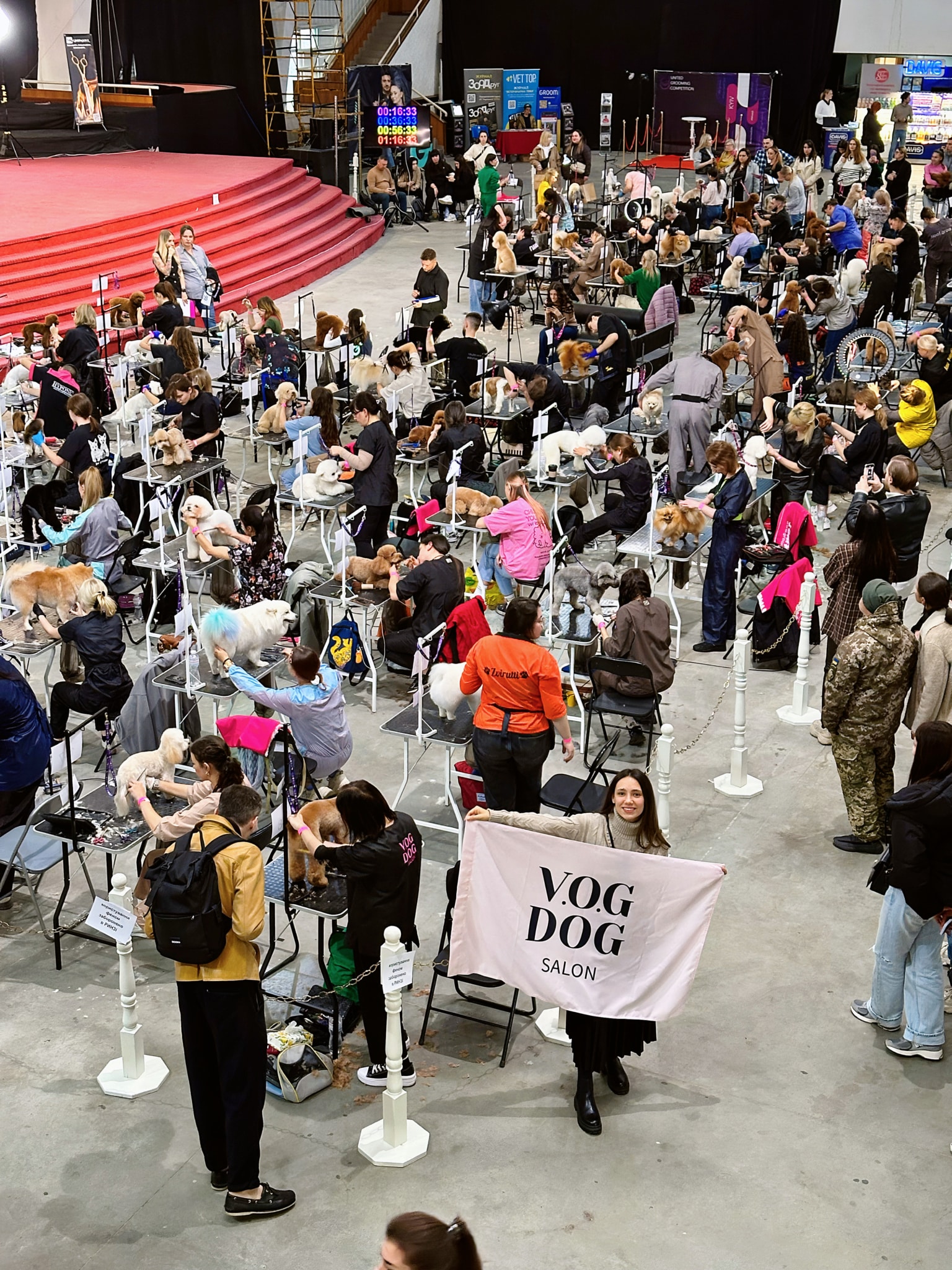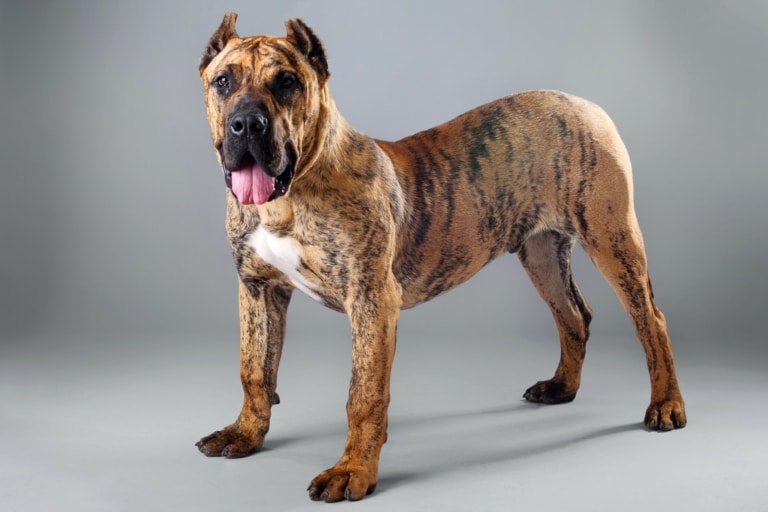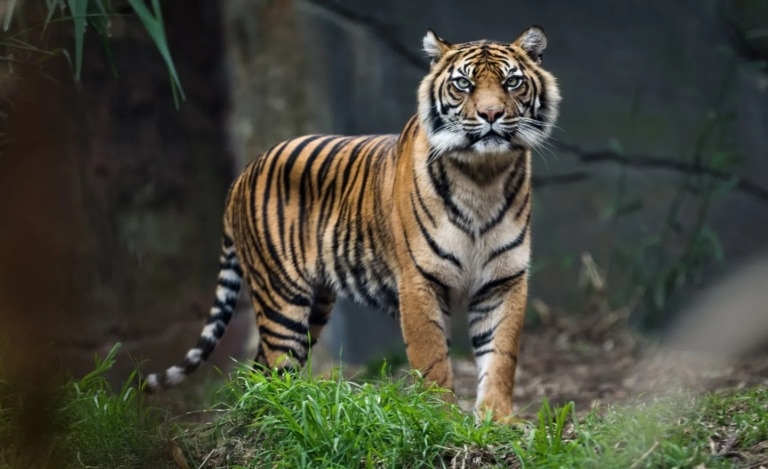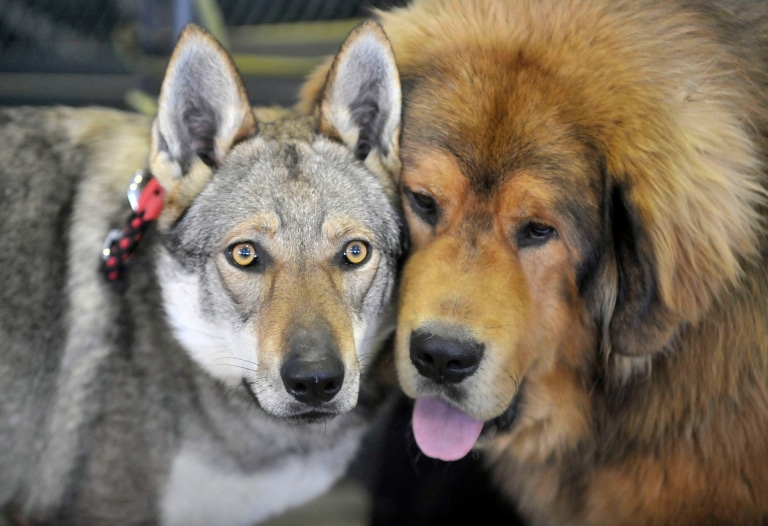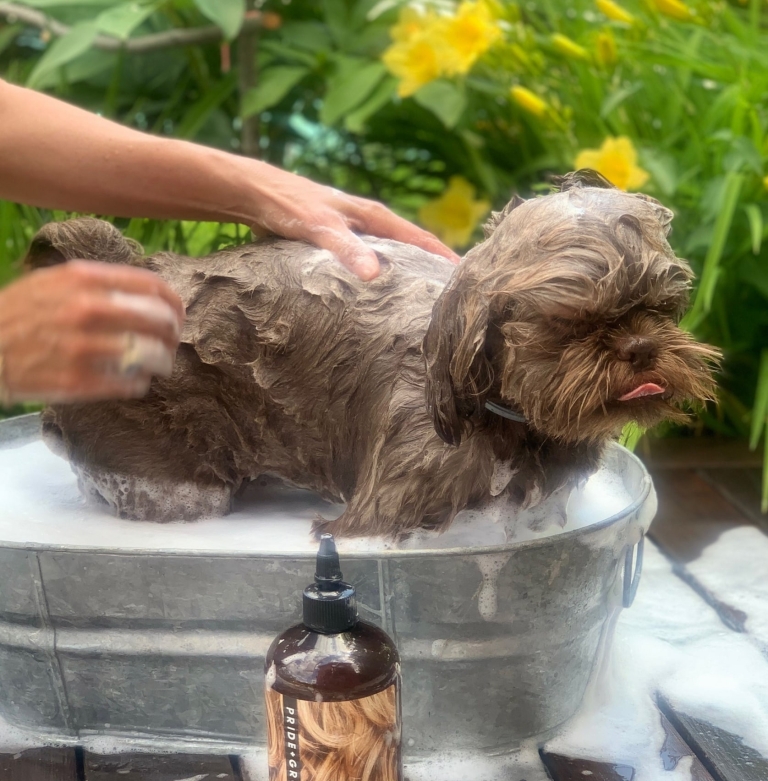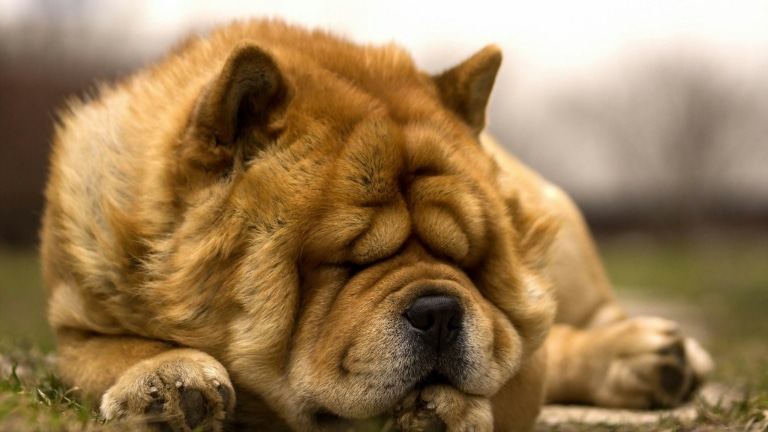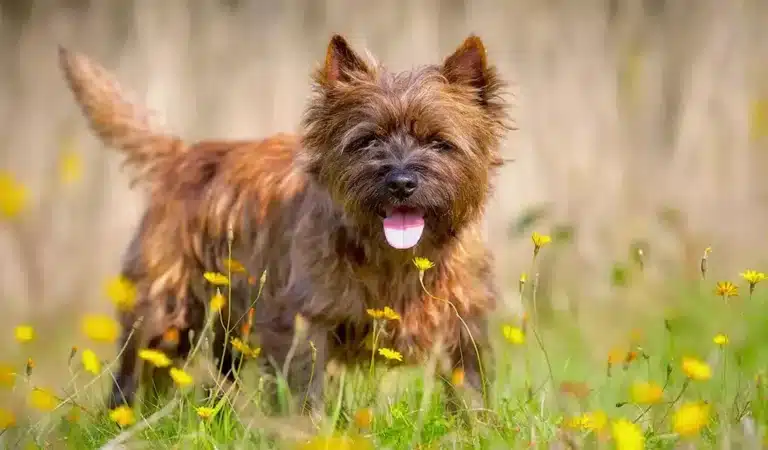Grooming is an art that combines aesthetics, health care, and cultural features. Regular grooming maintains cleanliness, promotes the well-being of the animal, and helps avoid many issues like parasites, skin diseases, or tangled fur. But grooming also reflects the lifestyle and values of pet owners in different parts of the world.
In every culture, dog grooming has its own traditions that show how people relate to their pets. In some countries, it’s a whole ritual, while in others, it’s a practical approach to care. Haircuts, grooming products, and even methods of grooming can vary, and it is these differences that make the process so fascinating.
Grooming in Asian countries
Japan: Creative grooming as an art
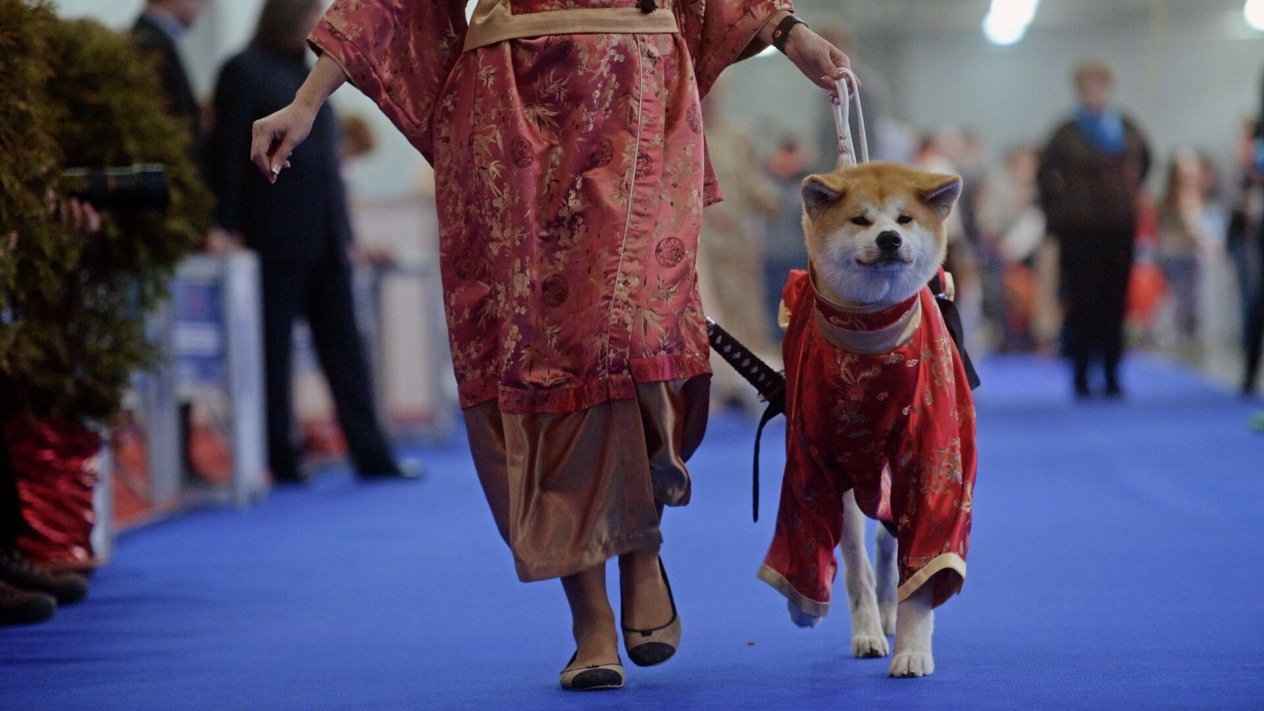
Japan is famous for its approach to grooming, where each process turns into a work of art. Groomers here create unique hairstyles that highlight the individuality of each dog. In Japan, round-shaped haircuts are popular, giving pets a funny and cute appearance. Creative fur coloring techniques are also widely used, such as subtle color accents or even full-fledged paintings. All of this reflects the Japanese passion for aesthetics and attention to detail.
China: The symbolism of dog haircuts as a sign of the owner’s status
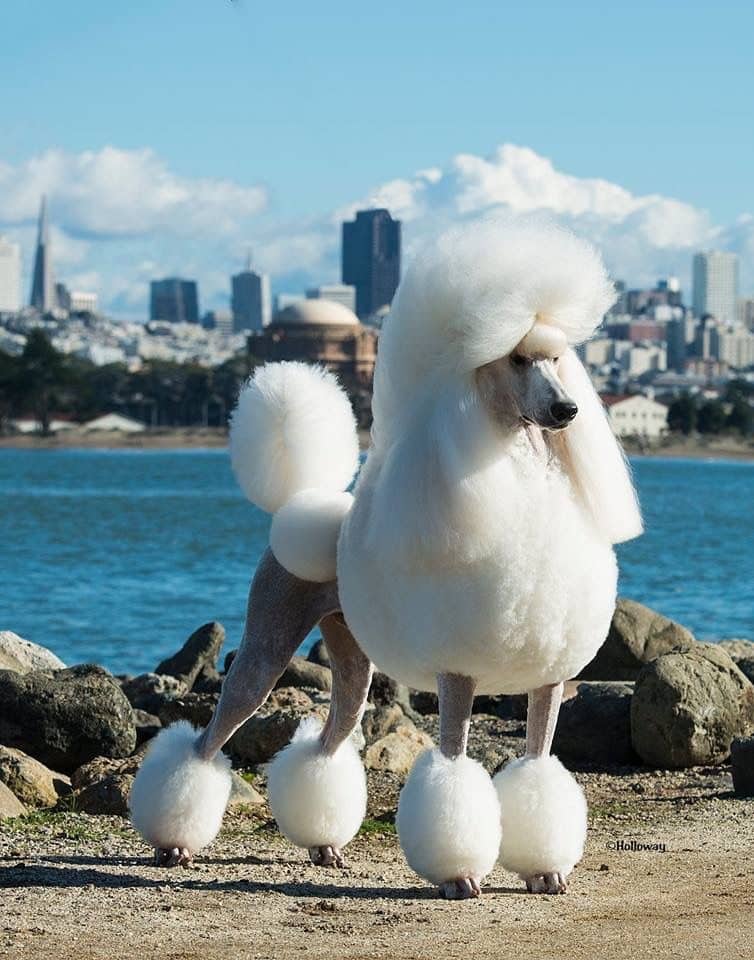
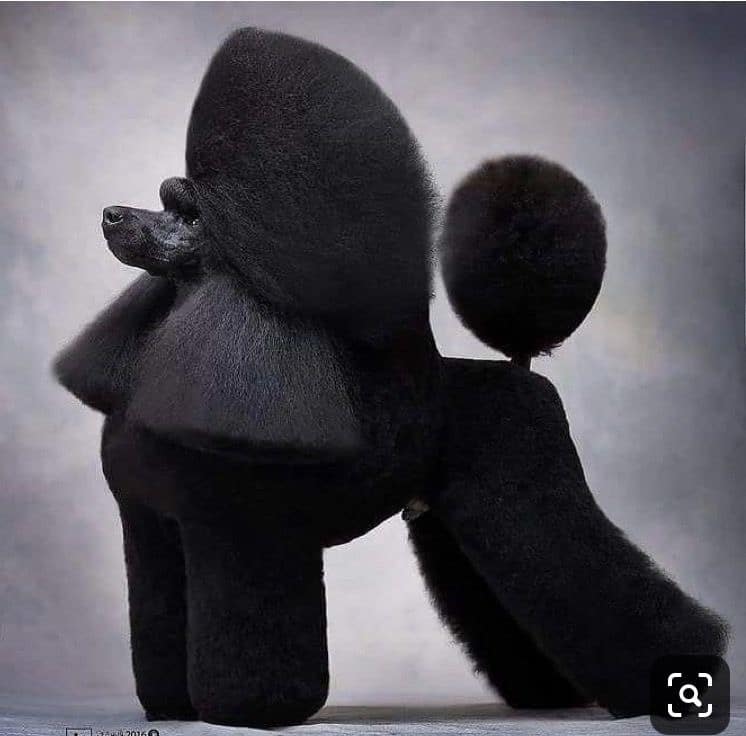
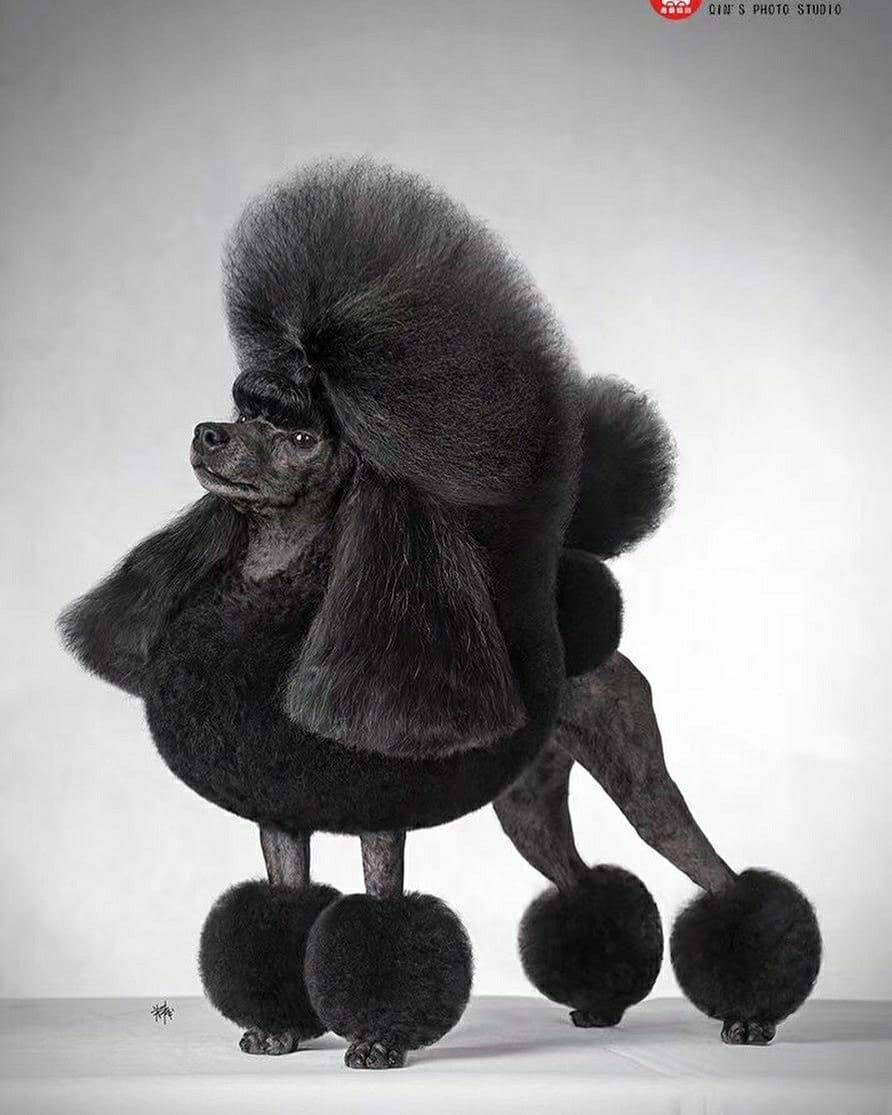
In China, dog grooming has always been a status symbol. Even in imperial times, the elite created unique hairstyles for their Pugs and Pekingese to emphasize their sophistication. Today, grooming in China still reflects the owner’s lifestyle: trendy haircuts, accessories, and even colorful dyeing have become symbols of wealth and refined taste. Moreover, grooming in China is a way to show love and care for pets.
India: Natural Remedies for Coat Care
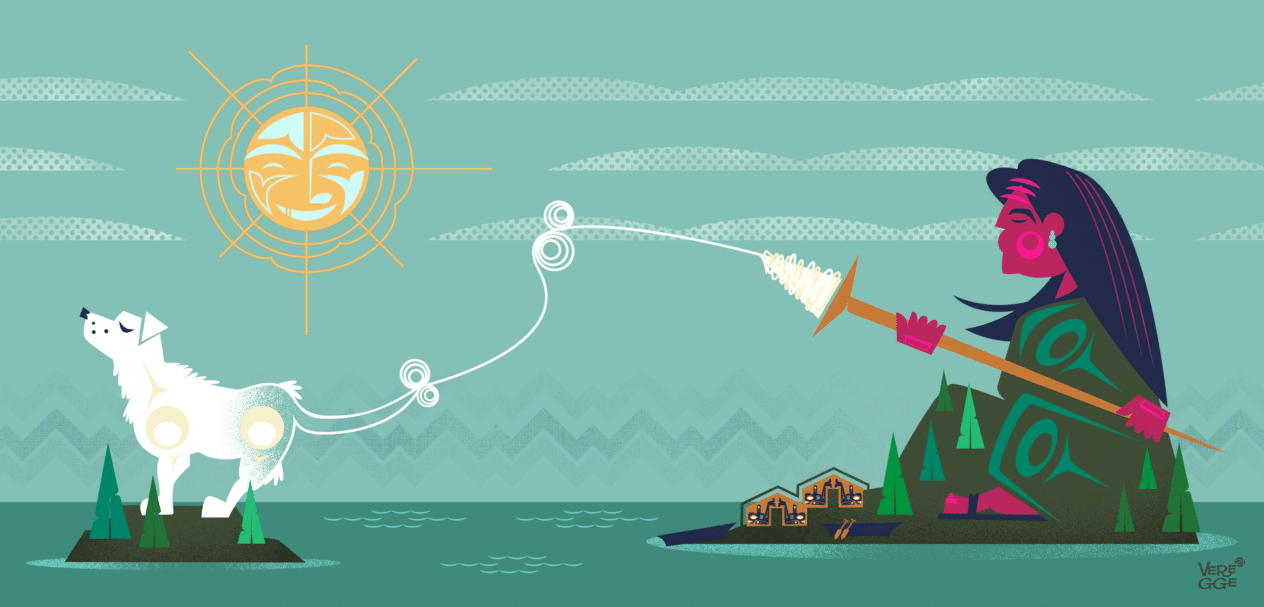
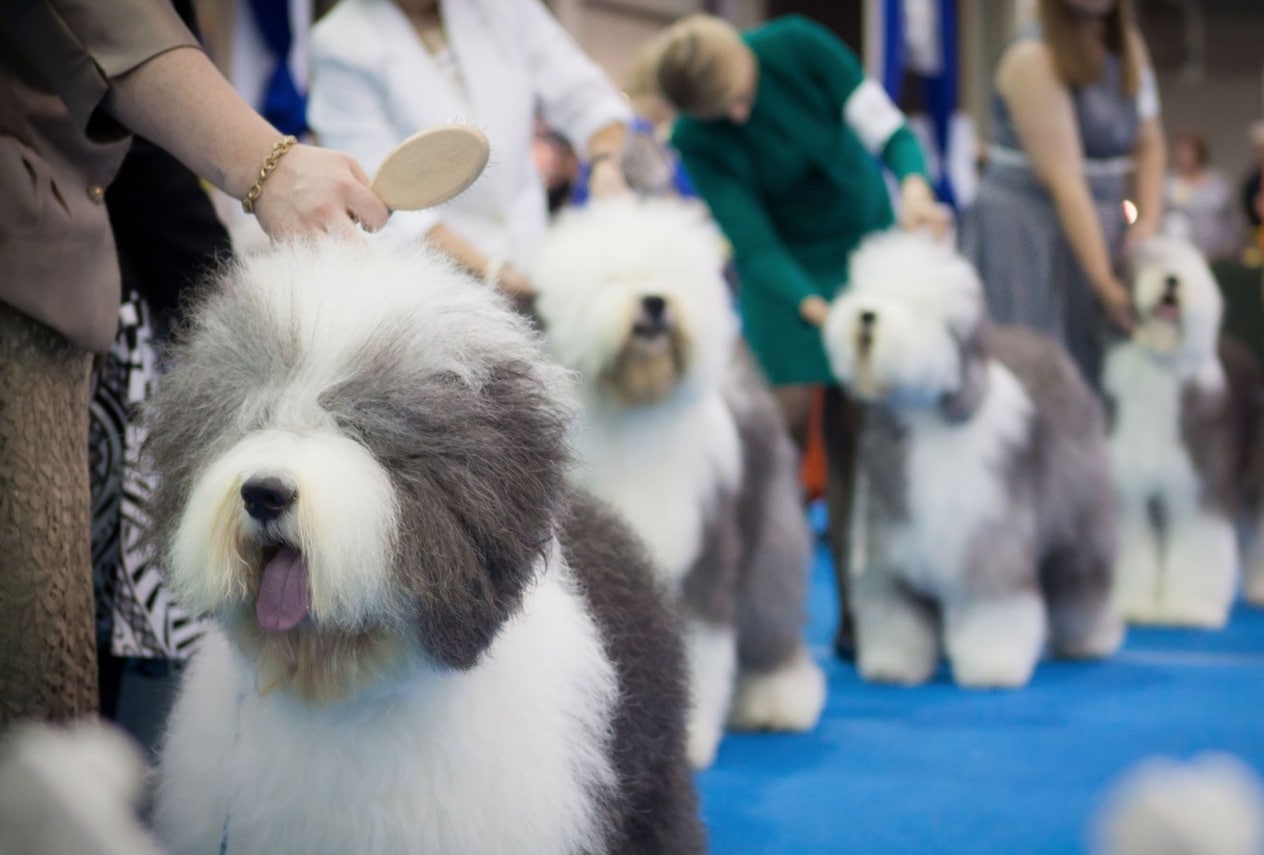
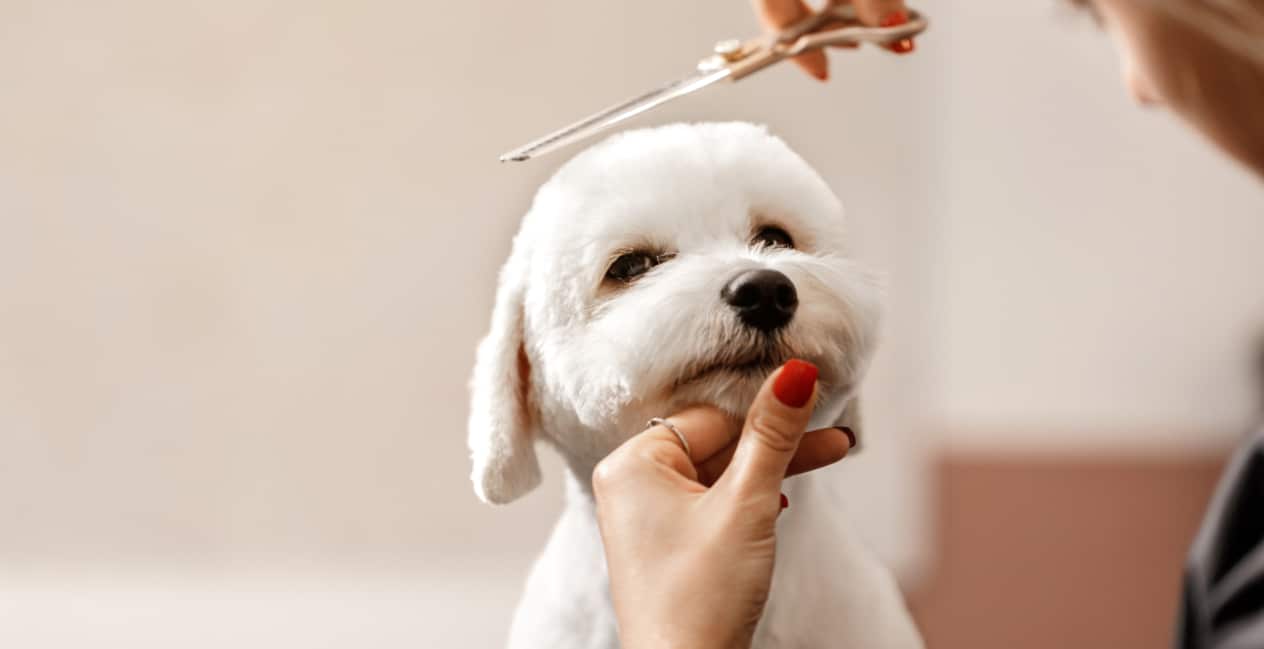
In India, dog grooming is based on natural methods. Herbs, natural oils, and traditional recipes are used to maintain coat and skin health. For example, coconut and neem oil are applied for hydration and parasite protection. In India’s hot climate, short haircuts are also common, helping dogs cope with the heat. Grooming here is not just about aesthetics but also about health, harmony with nature, and minimizing chemical exposure.
European Grooming Traditions
France: The History of Elegant Poodle Hairstyles and the Influence of Royal Courts
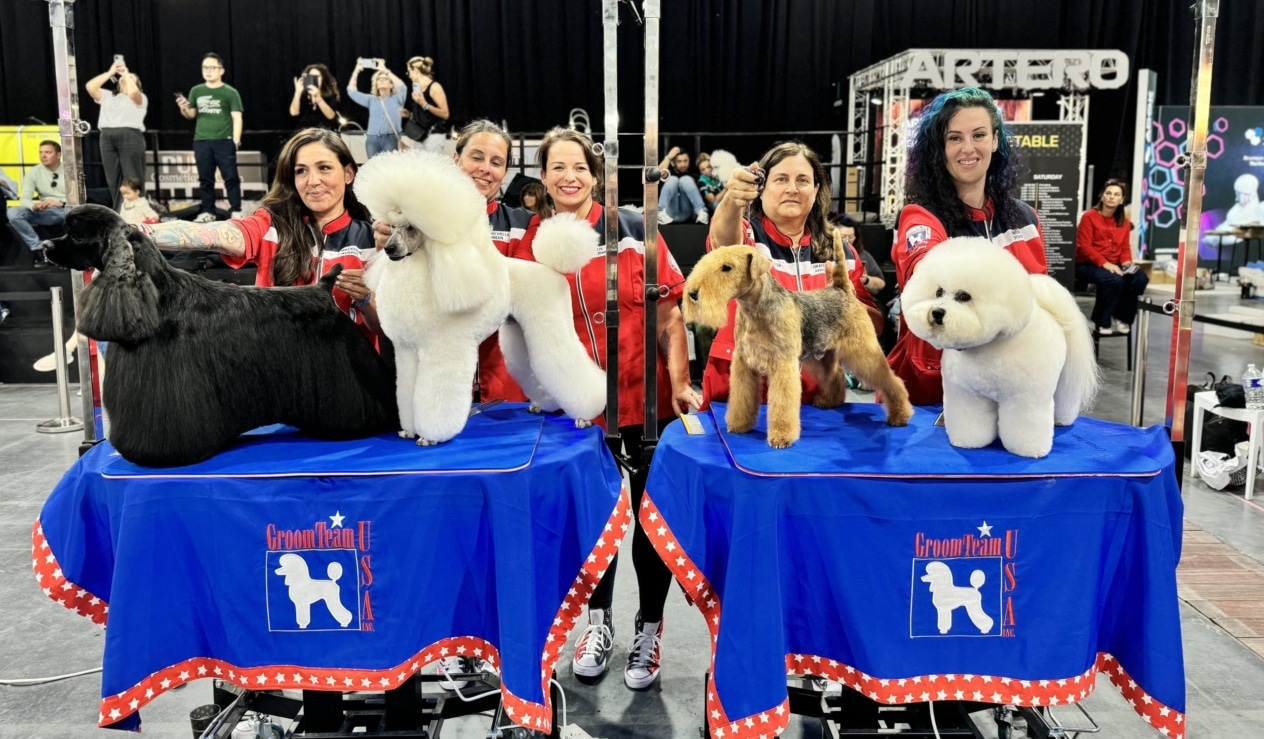
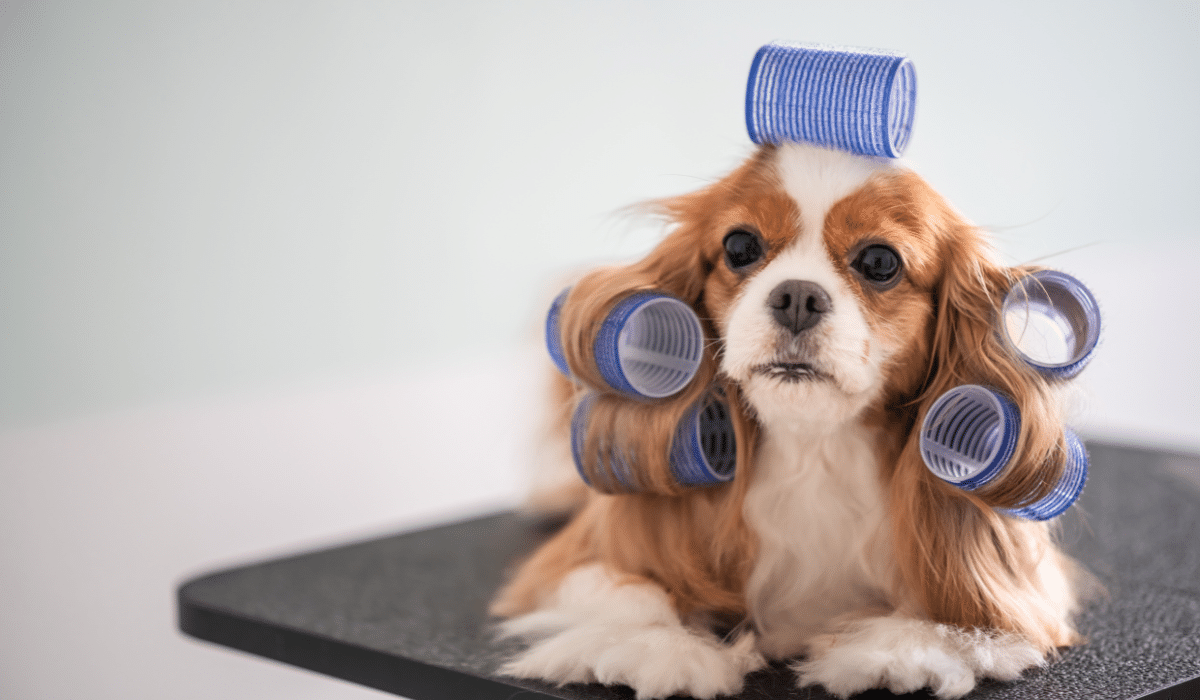
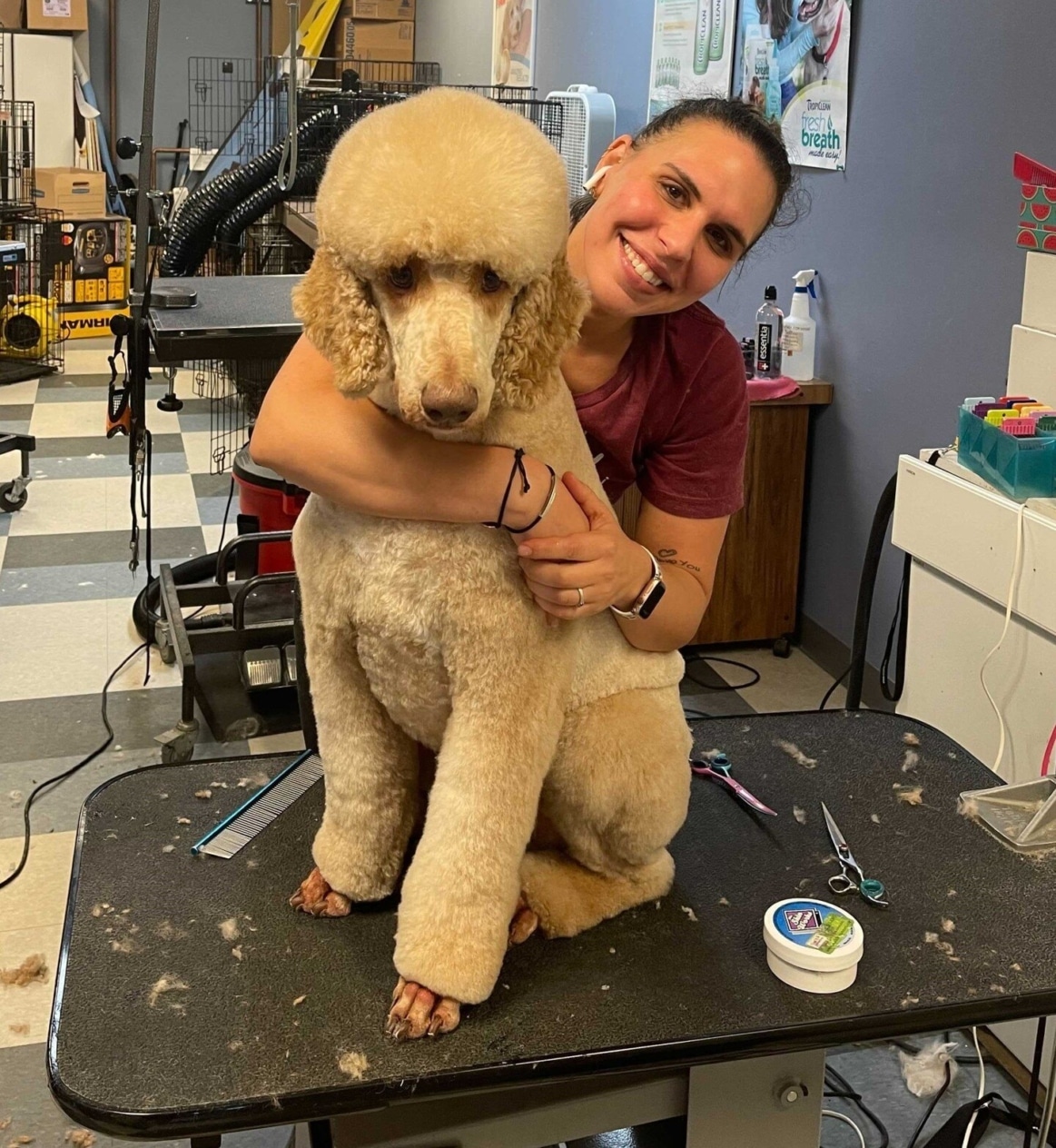
The Poodle, despite its German origins, became France’s national breed and a symbol of elegance. In the 16th century, during the reign of Louis XVI, Poodles gained popularity among the French nobility and became favorites of the royal court.
France was where the tradition of creating sophisticated Poodle hairstyles truly flourished. The “Lion” or “Continental” clip highlighted the owner’s status and aesthetic taste. These styles were not only decorative but also practical: shaved areas made movement in water easier during hunting, while the remaining fur protected vital organs from the cold.
The influence of royal courts helped popularize Poodles and their hairstyles across Europe, setting beauty and grooming standards for the breed.
England: A Practical Approach to Grooming Working Breeds Like Terriers and Retrievers
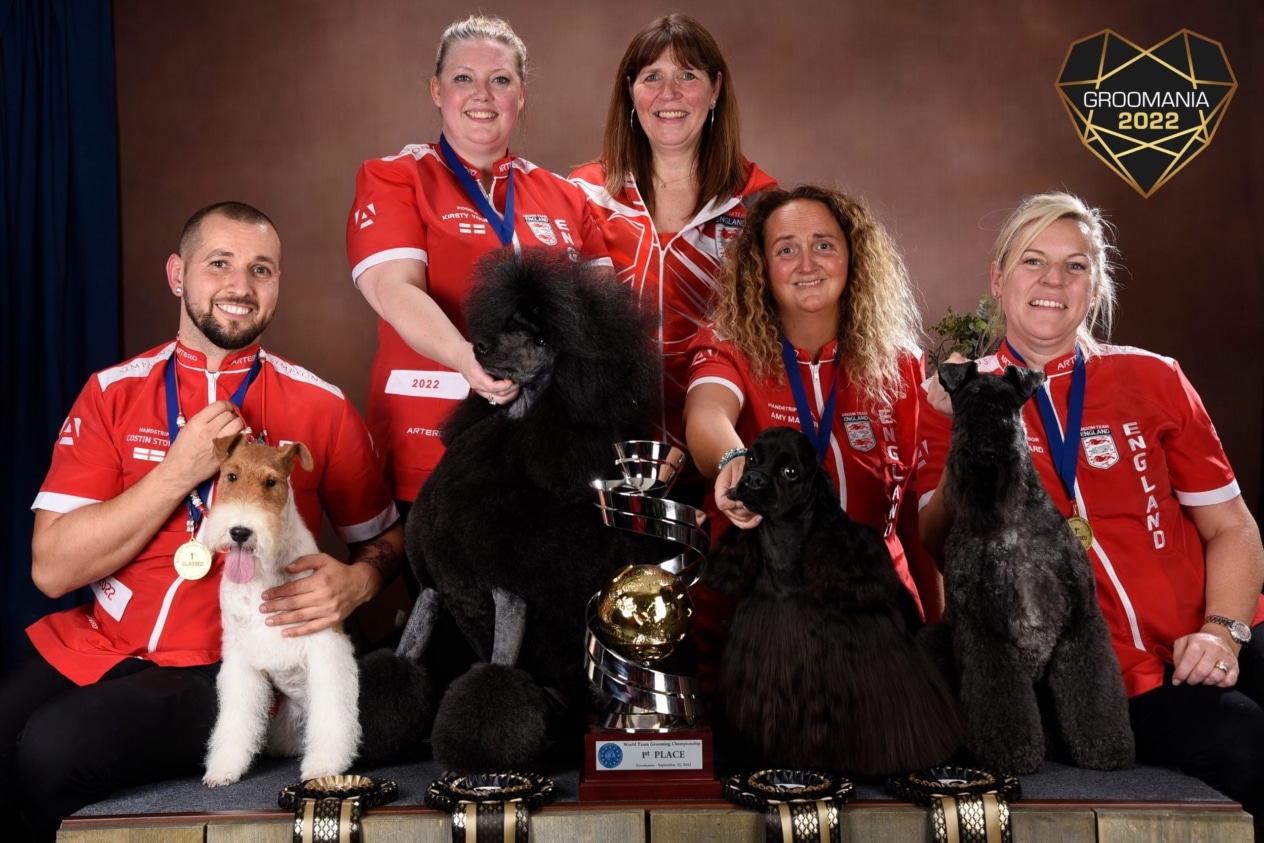
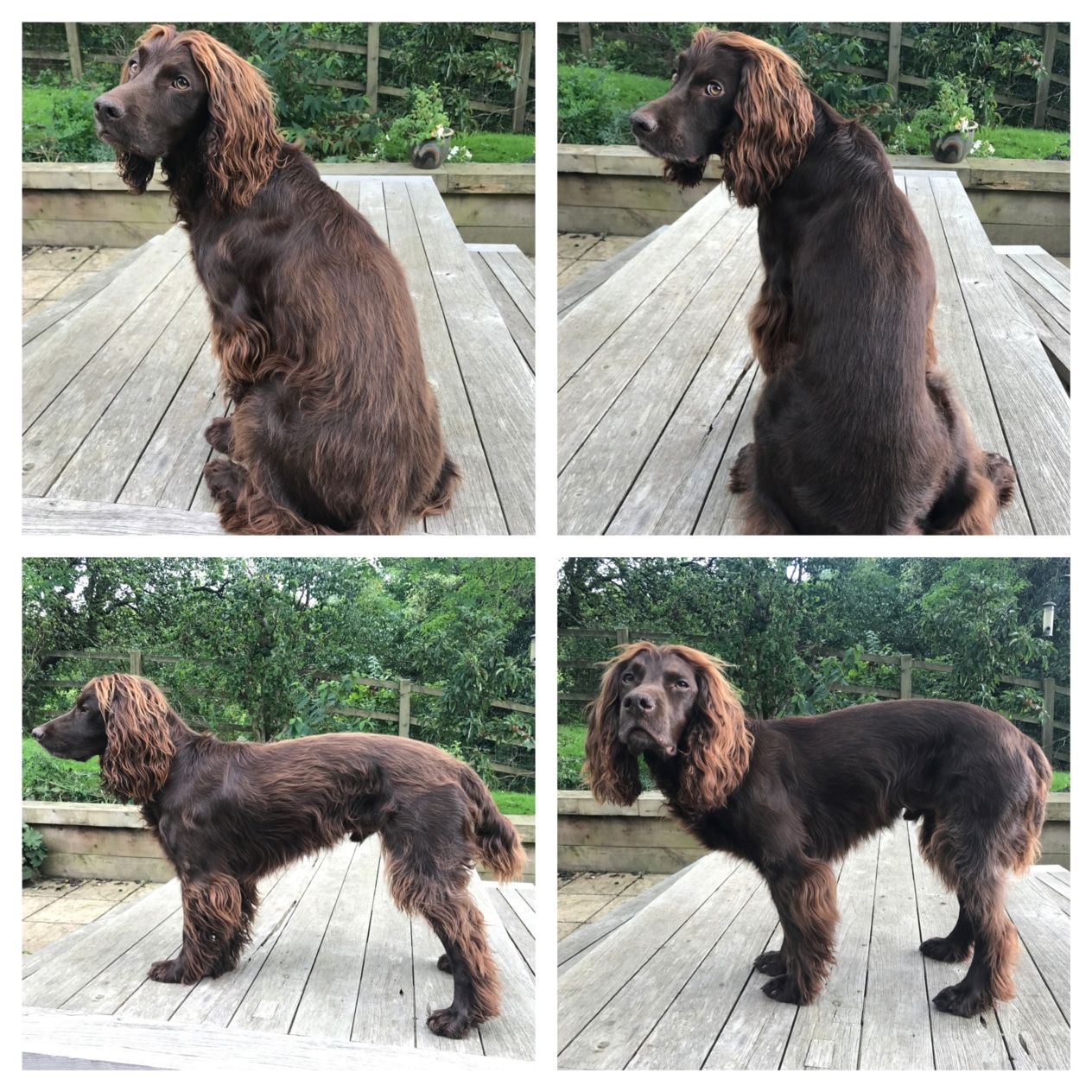
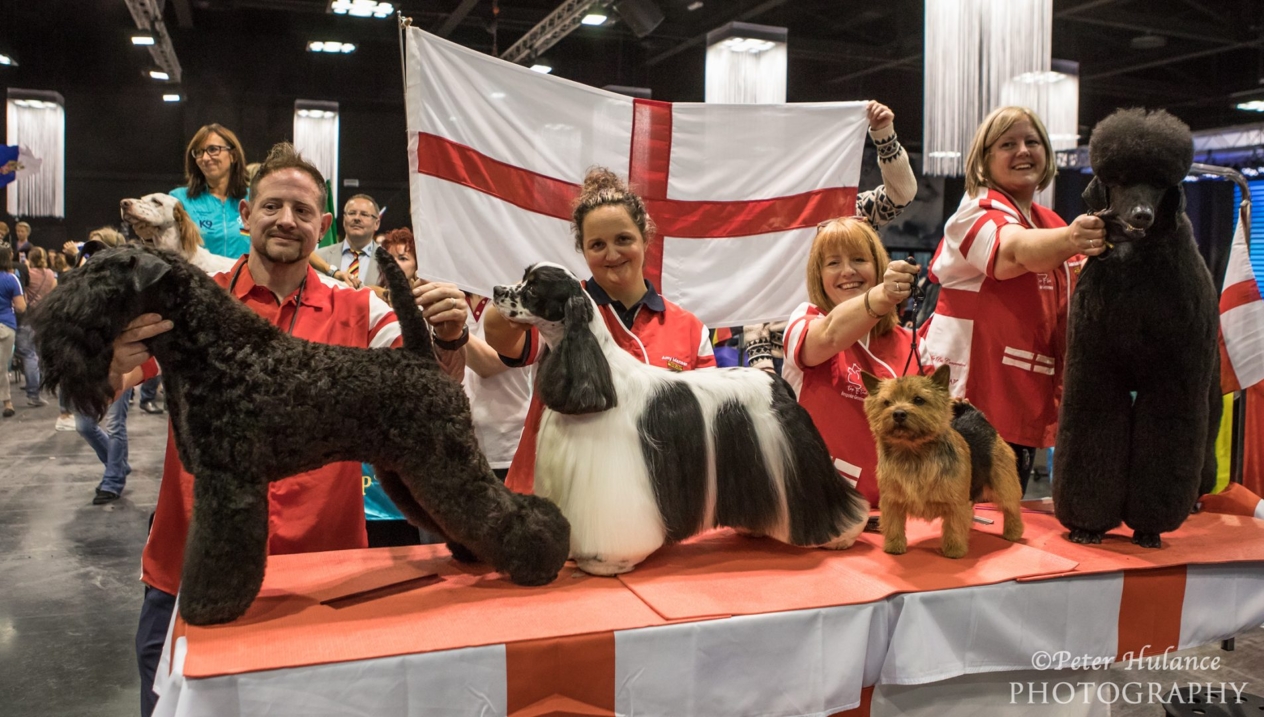
In England, dog grooming has always been practical, especially for working breeds like Terriers and Retrievers. The primary goal of grooming was to ensure the dog’s functionality and health.
Terriers, bred for hunting small pests, required hand-stripping—removing dead hair to maintain a coarse coat that protected against bites and harsh weather. Retrievers, used for retrieving game from water, needed coat care to prevent matting and preserve the waterproof properties of their undercoat.
The English approach to grooming emphasized functionality and the dog’s well-being, reflected in simple yet effective care techniques.
Germany: Grooming Standards for Working and Service Dogs

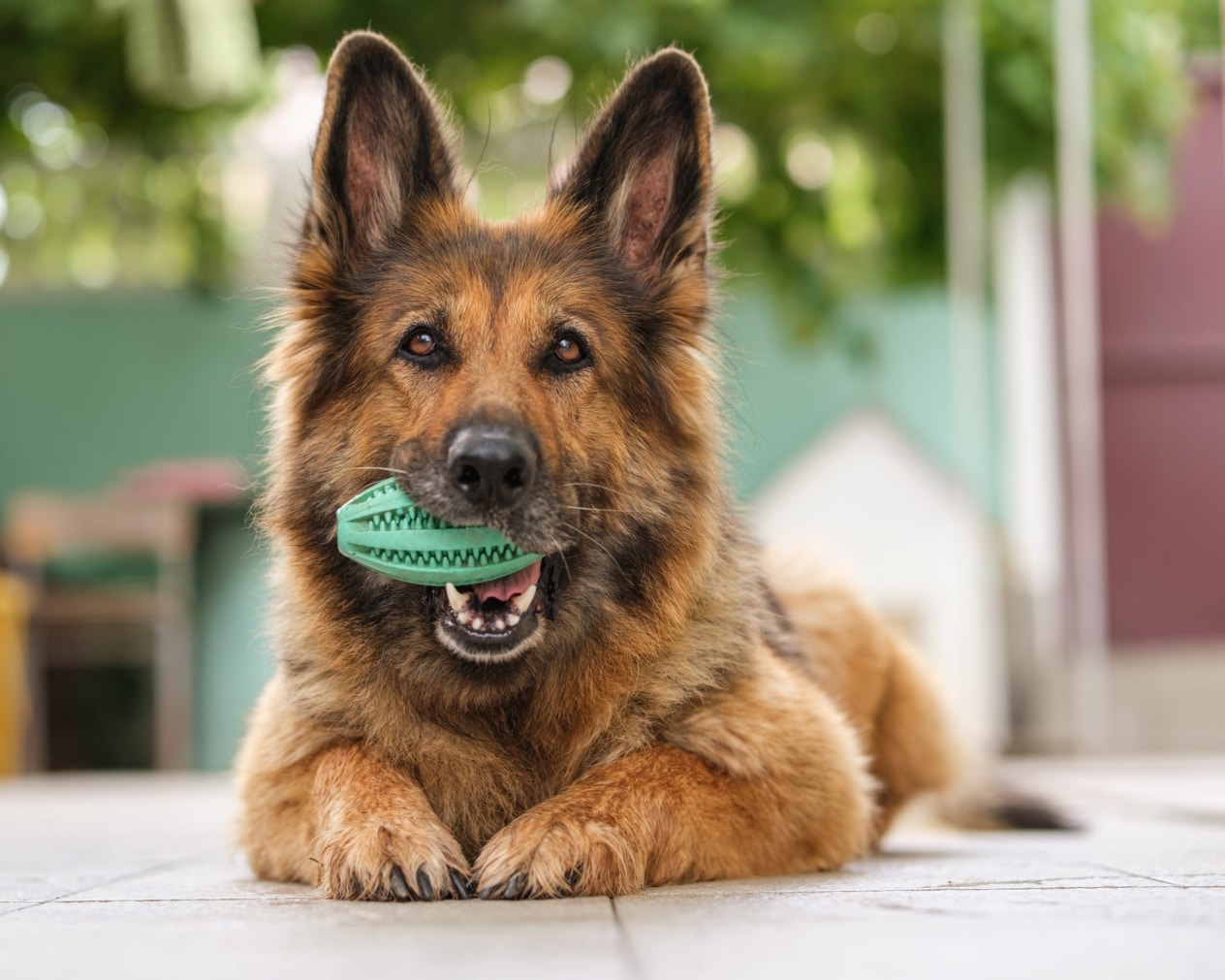
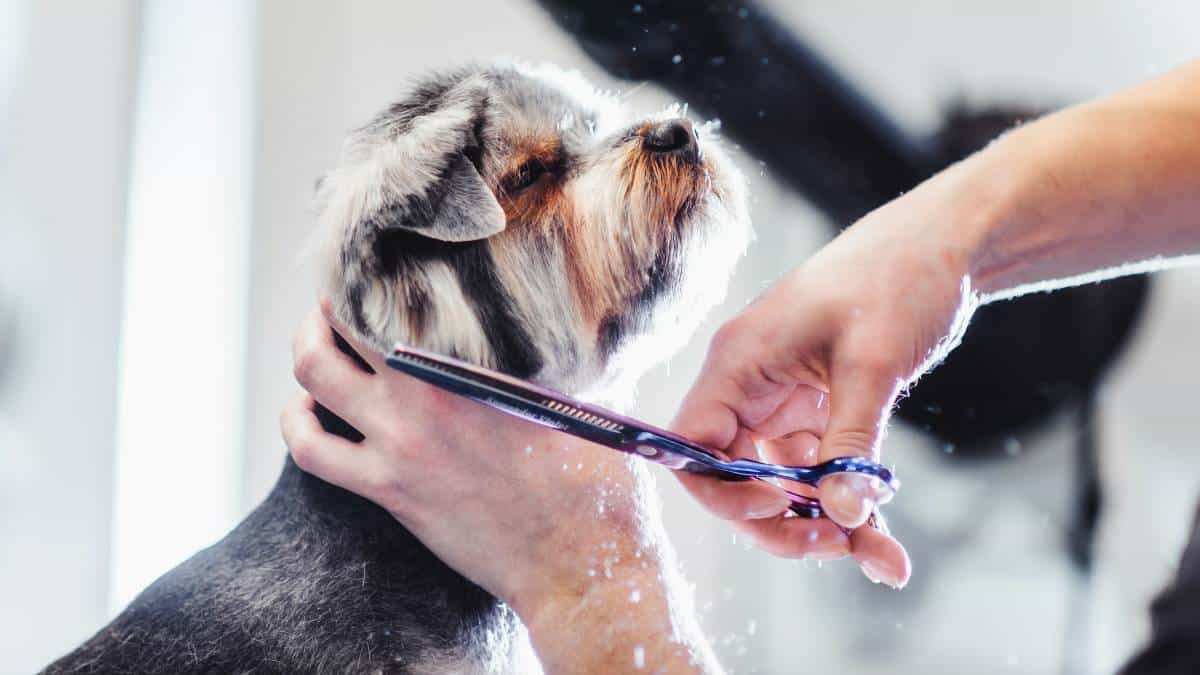 In Germany, special attention is given to grooming service dogs such as Shepherds and Dobermans. Grooming for these breeds focuses on maintaining their efficiency and overall health.
In Germany, special attention is given to grooming service dogs such as Shepherds and Dobermans. Grooming for these breeds focuses on maintaining their efficiency and overall health.
Regular coat cleaning helps keep the skin in good condition and prevents irritation. Paw and nail care is crucial, as service dogs often work on various surfaces and are prone to injuries.
The German approach to service dog grooming is marked by discipline and consistency, ensuring that dogs remain in peak condition for their duties.
American Trends
The Rise of Mobile Grooming
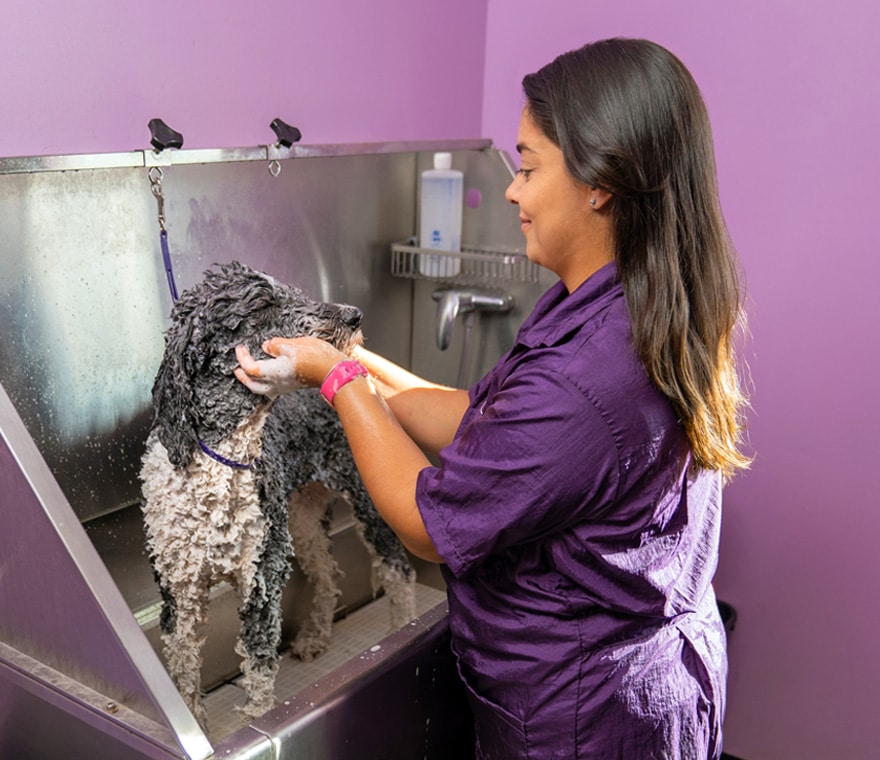
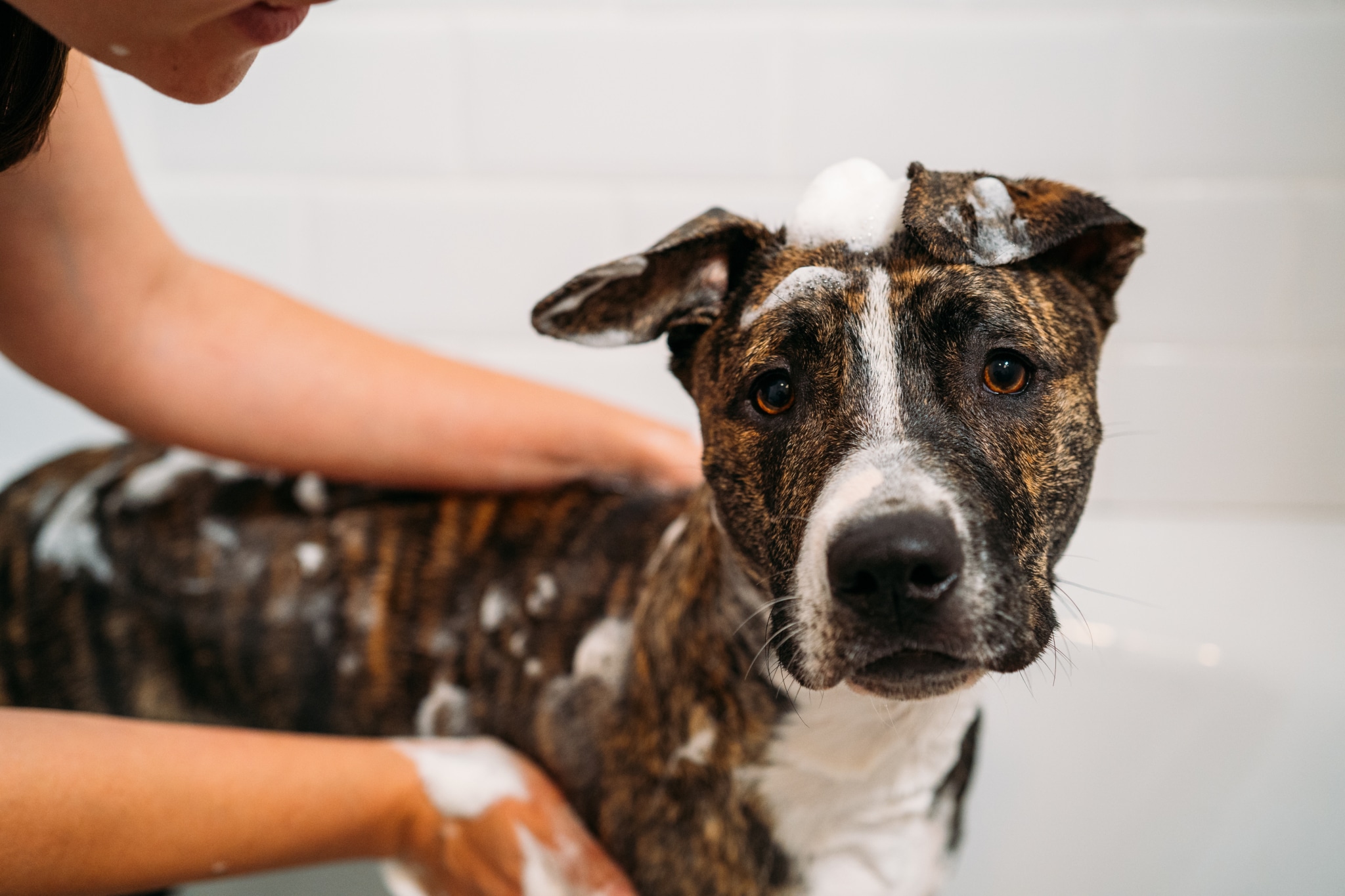
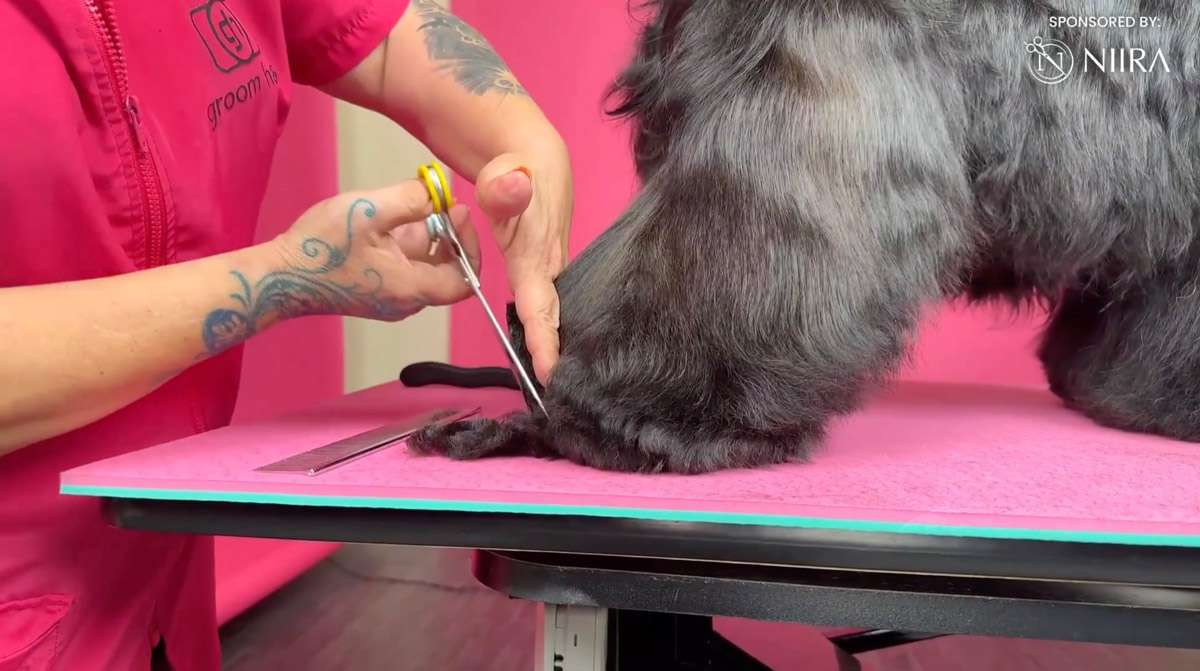
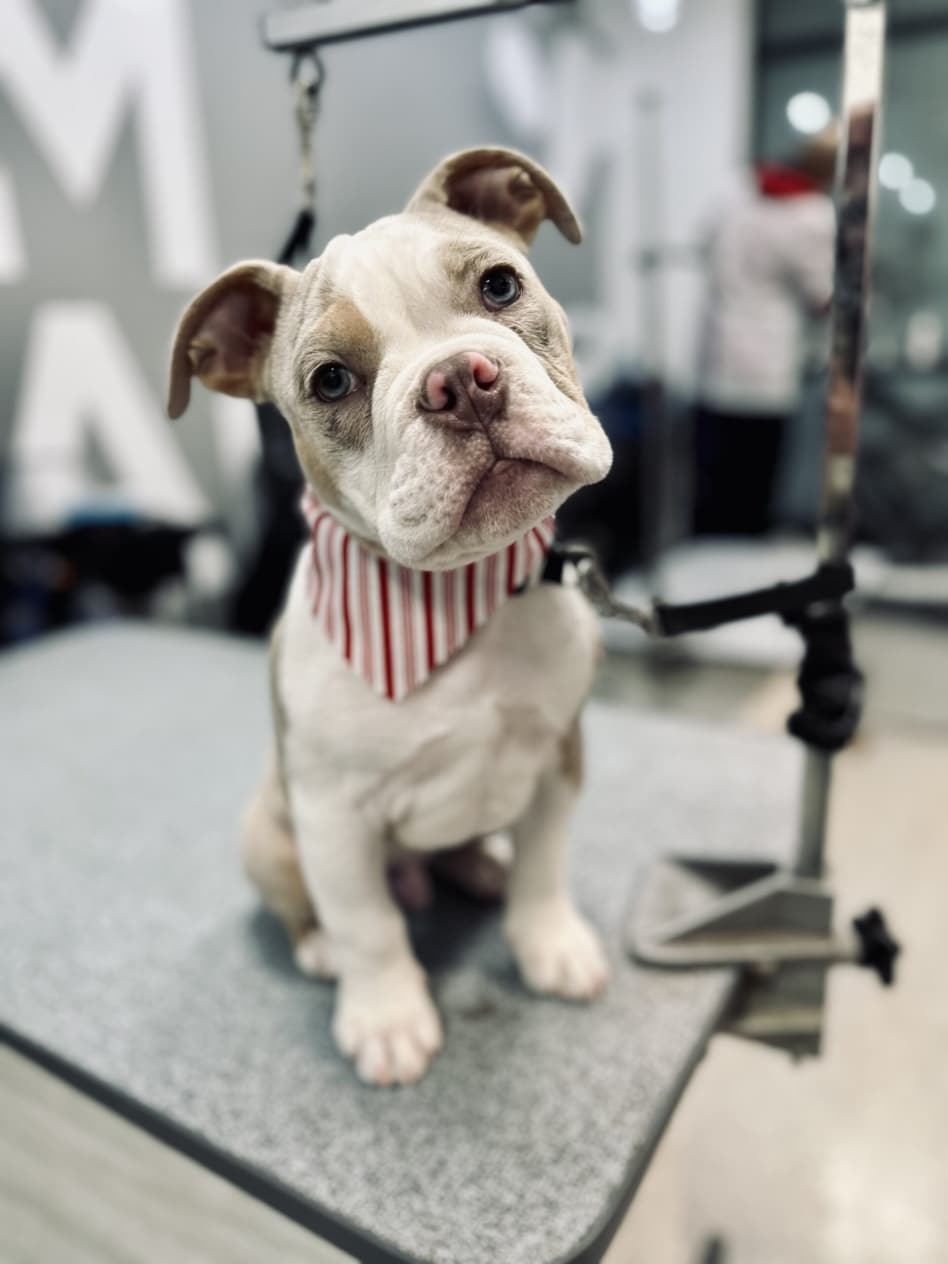
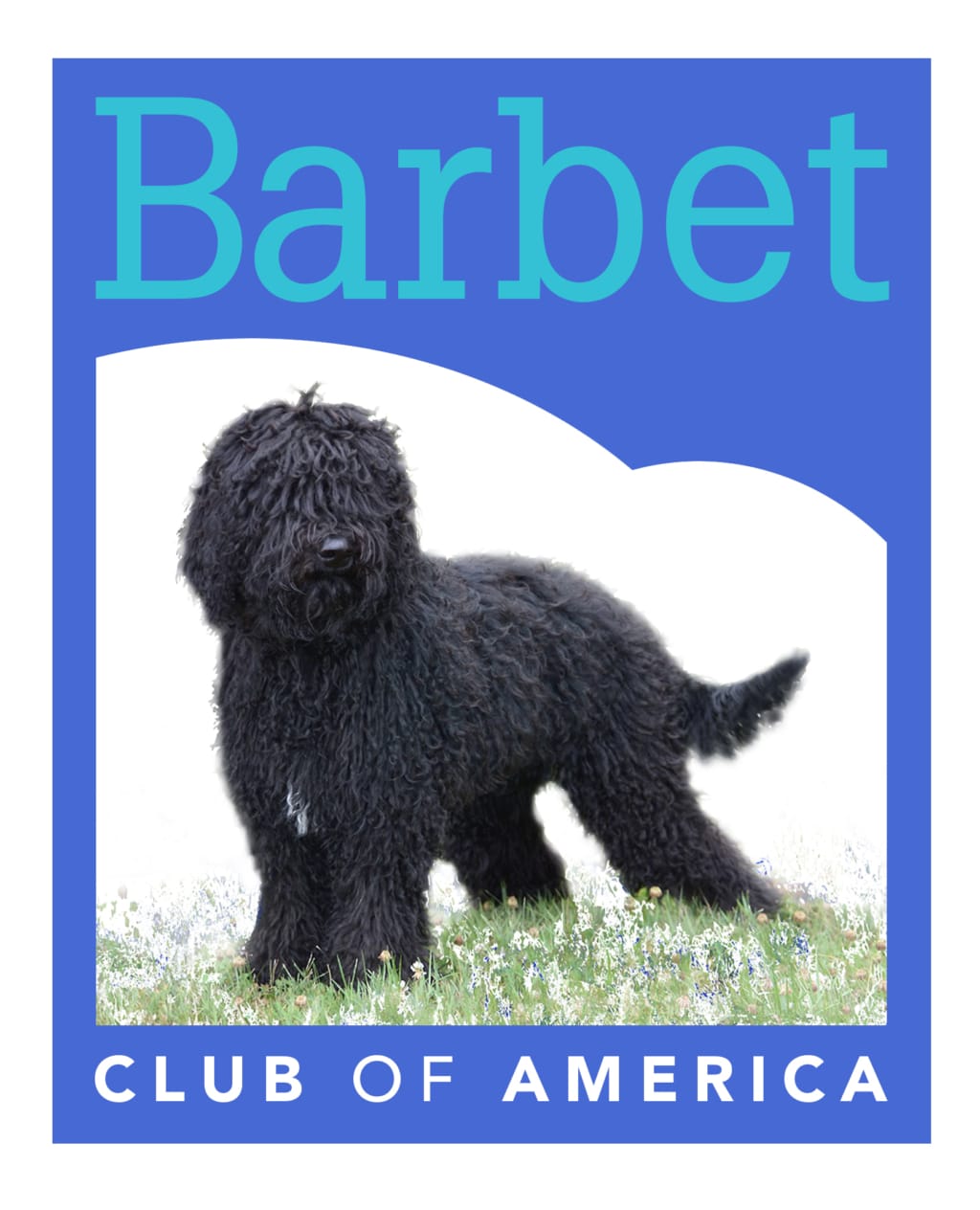
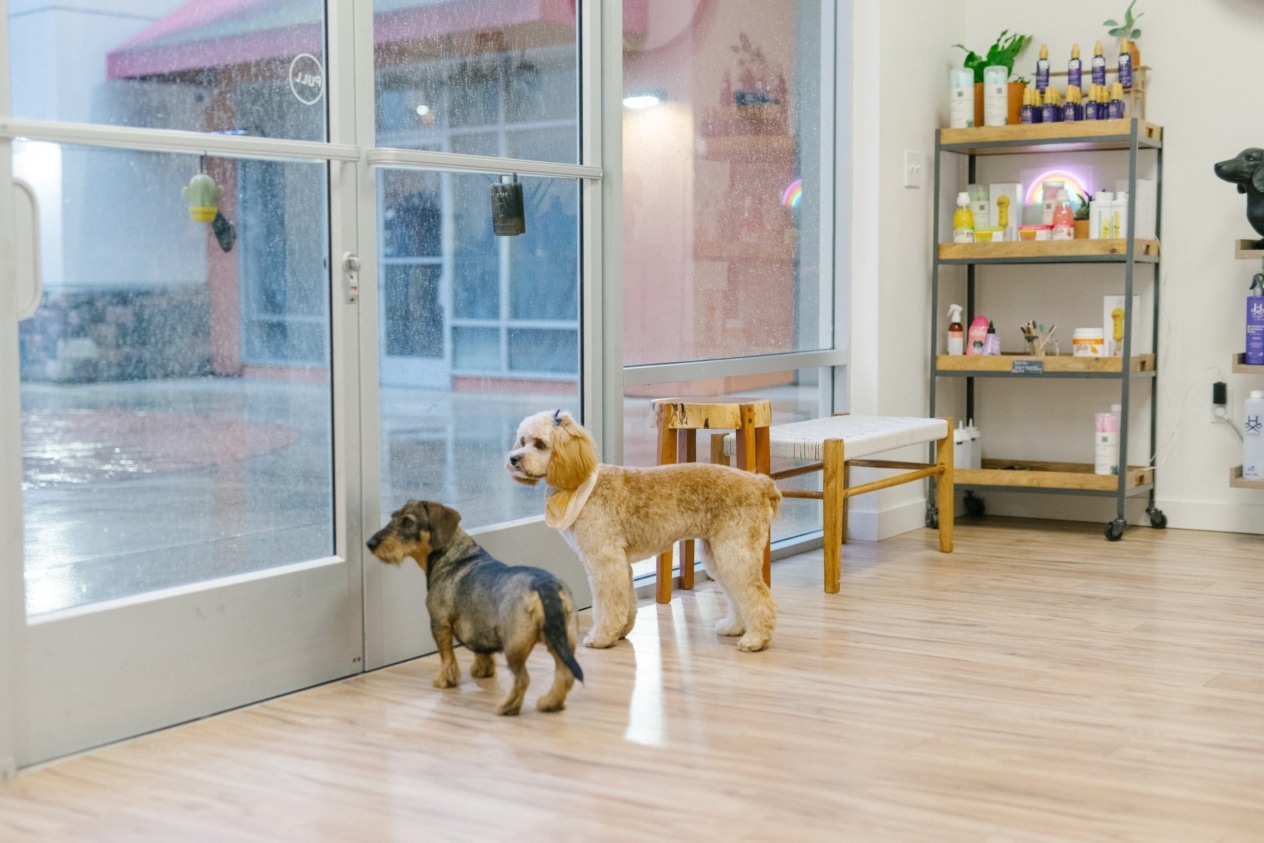
In recent years, mobile grooming has gained popularity in the U.S. This service allows a groomer to visit the client’s home or operate from a specially equipped vehicle. It’s convenient for pet owners as it saves time and reduces the stress associated with salon visits.
Mobile grooming is particularly popular in large cities like New York.
Trendy Grooming Competitions and Exhibitions
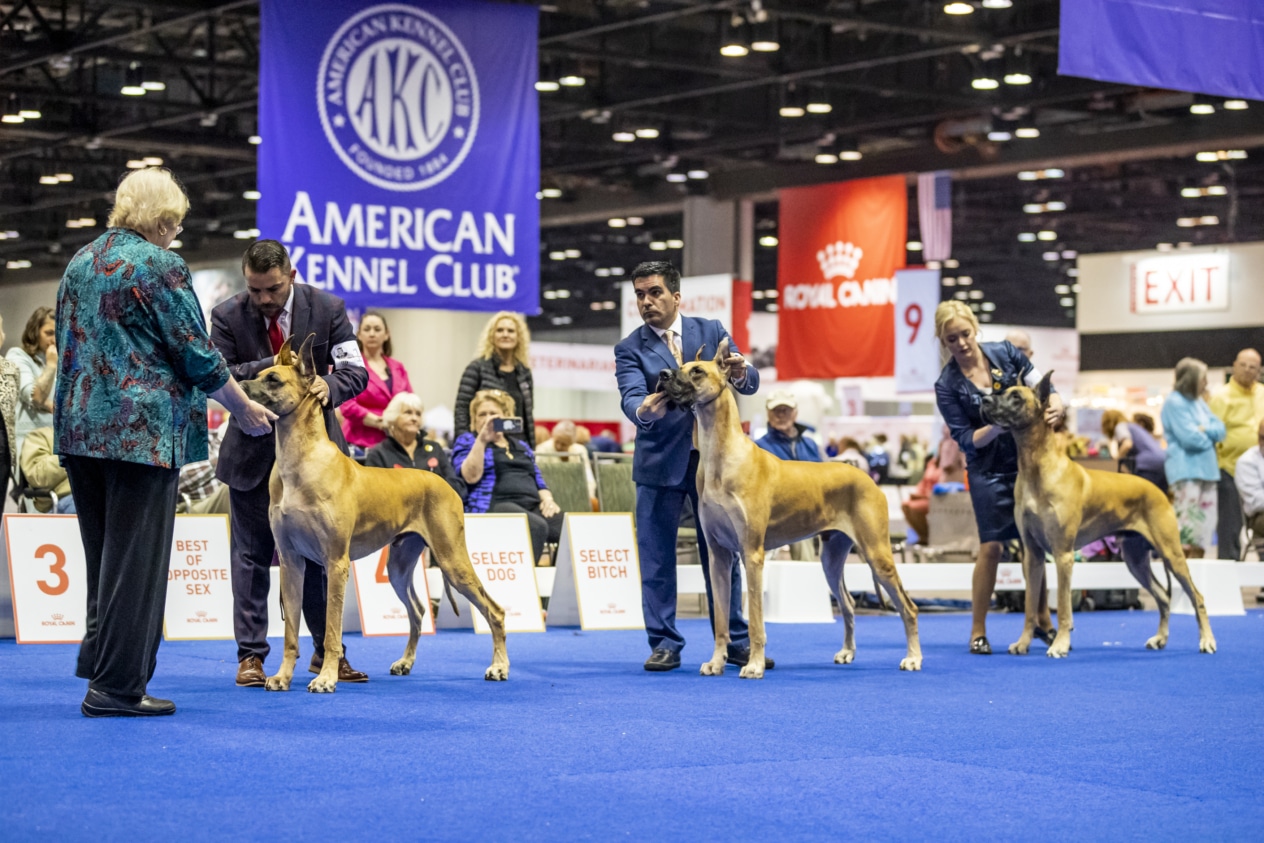
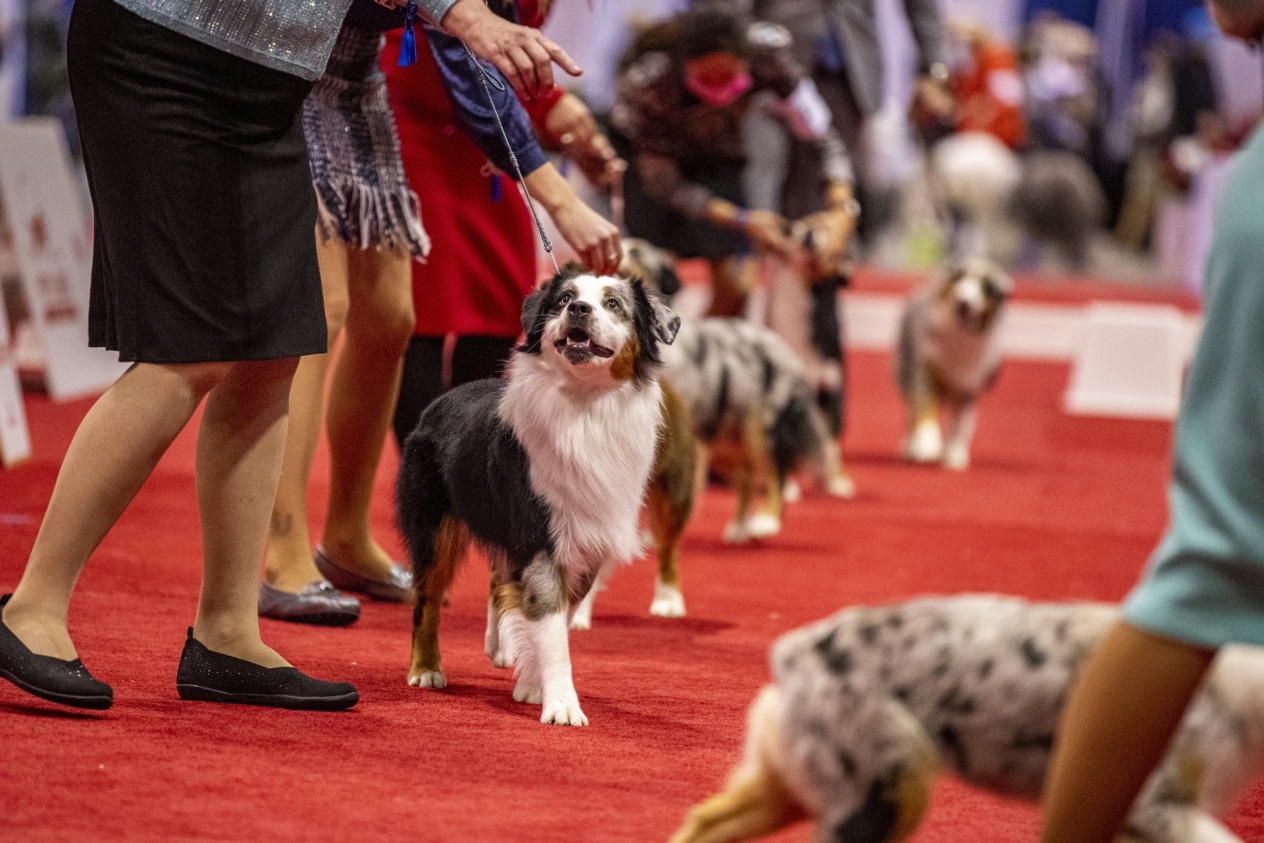
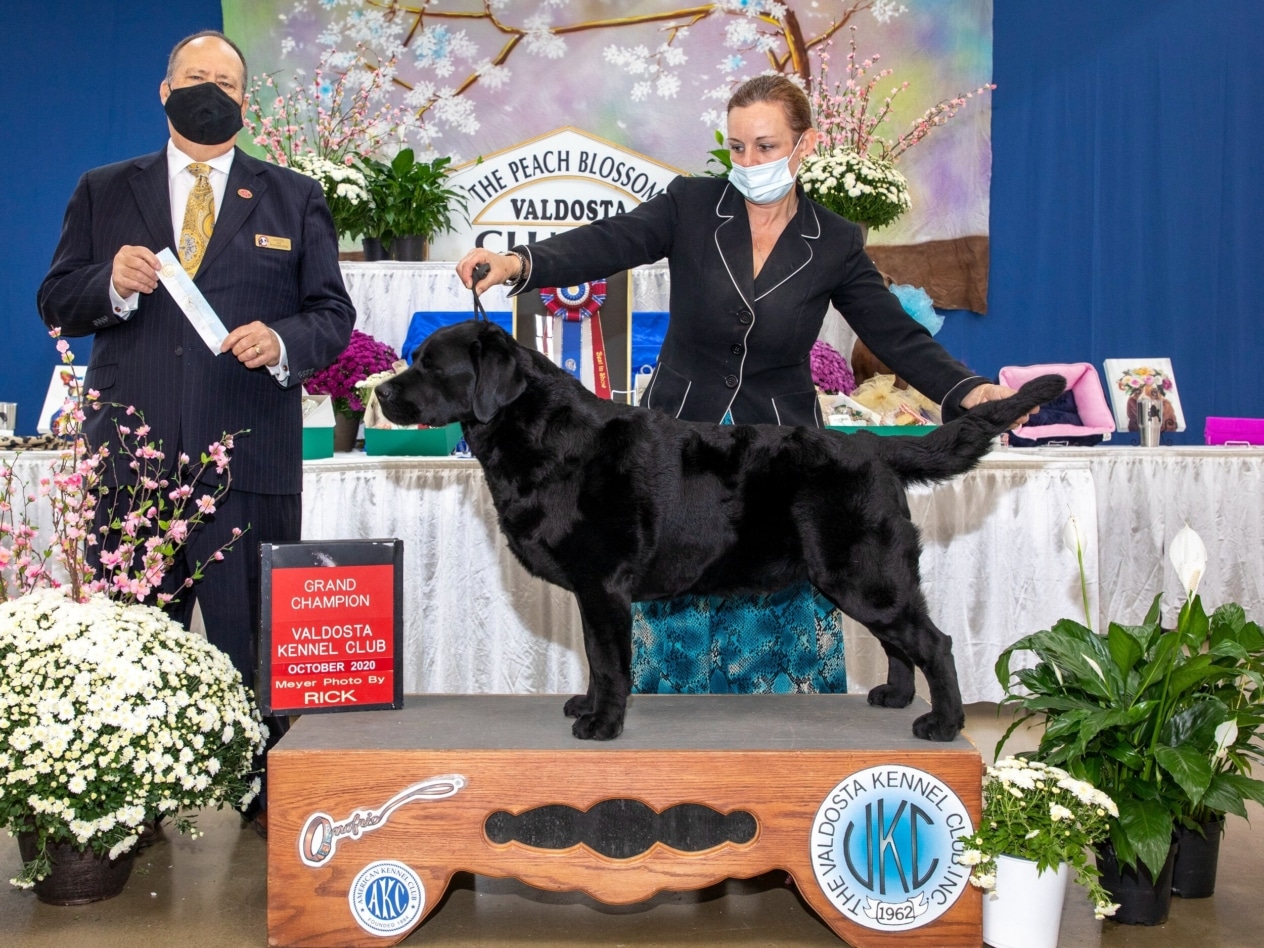
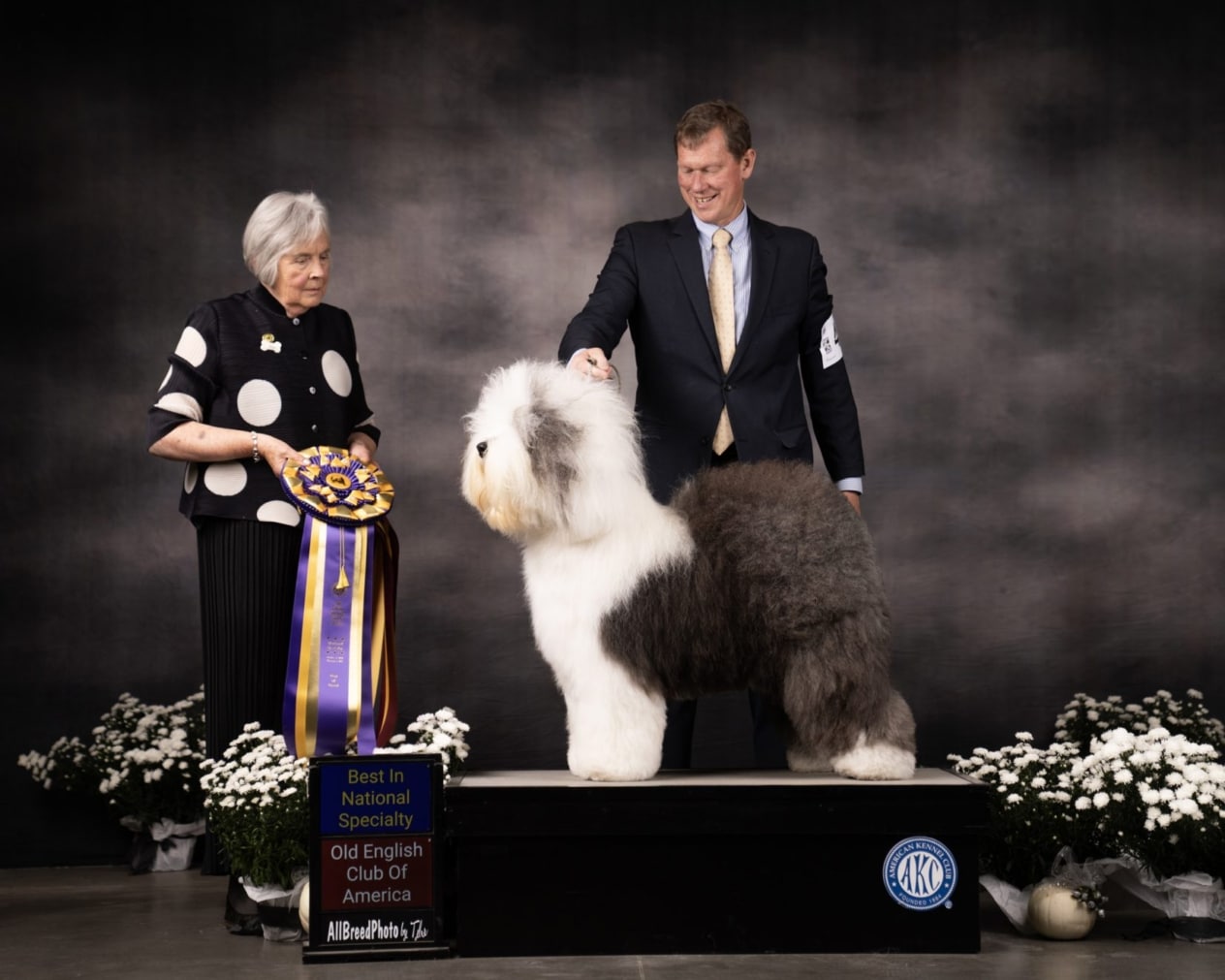
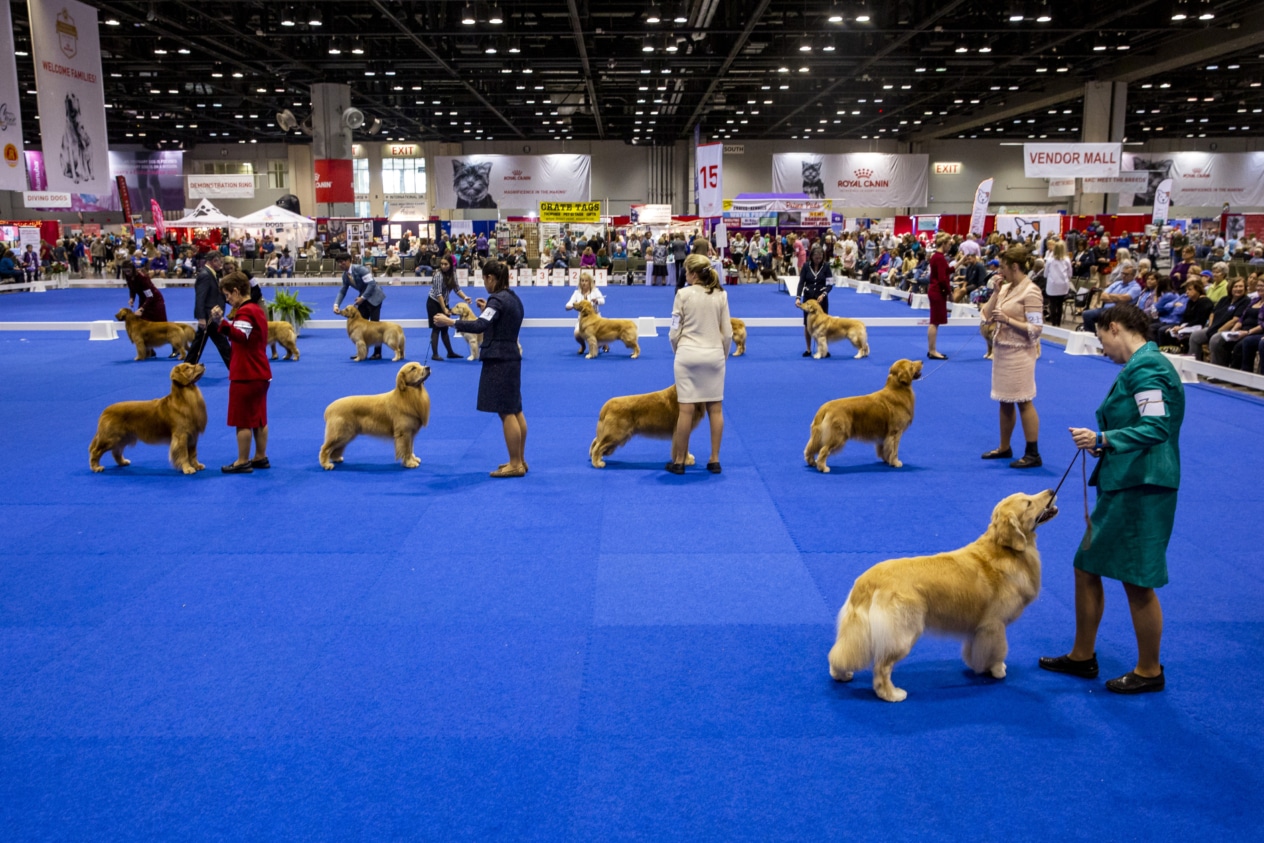 The U.S. hosts numerous grooming competitions and exhibitions where professionals showcase their skills and creativity. These events help popularize the grooming profession and set new standards in the pet care industry.
The U.S. hosts numerous grooming competitions and exhibitions where professionals showcase their skills and creativity. These events help popularize the grooming profession and set new standards in the pet care industry.
Competitions evaluate grooming techniques, creativity, design, and the overall appearance of the pet. This drives the development of new styles and techniques in grooming.
The Trend of Eco-Friendly and Minimalist Pet Care
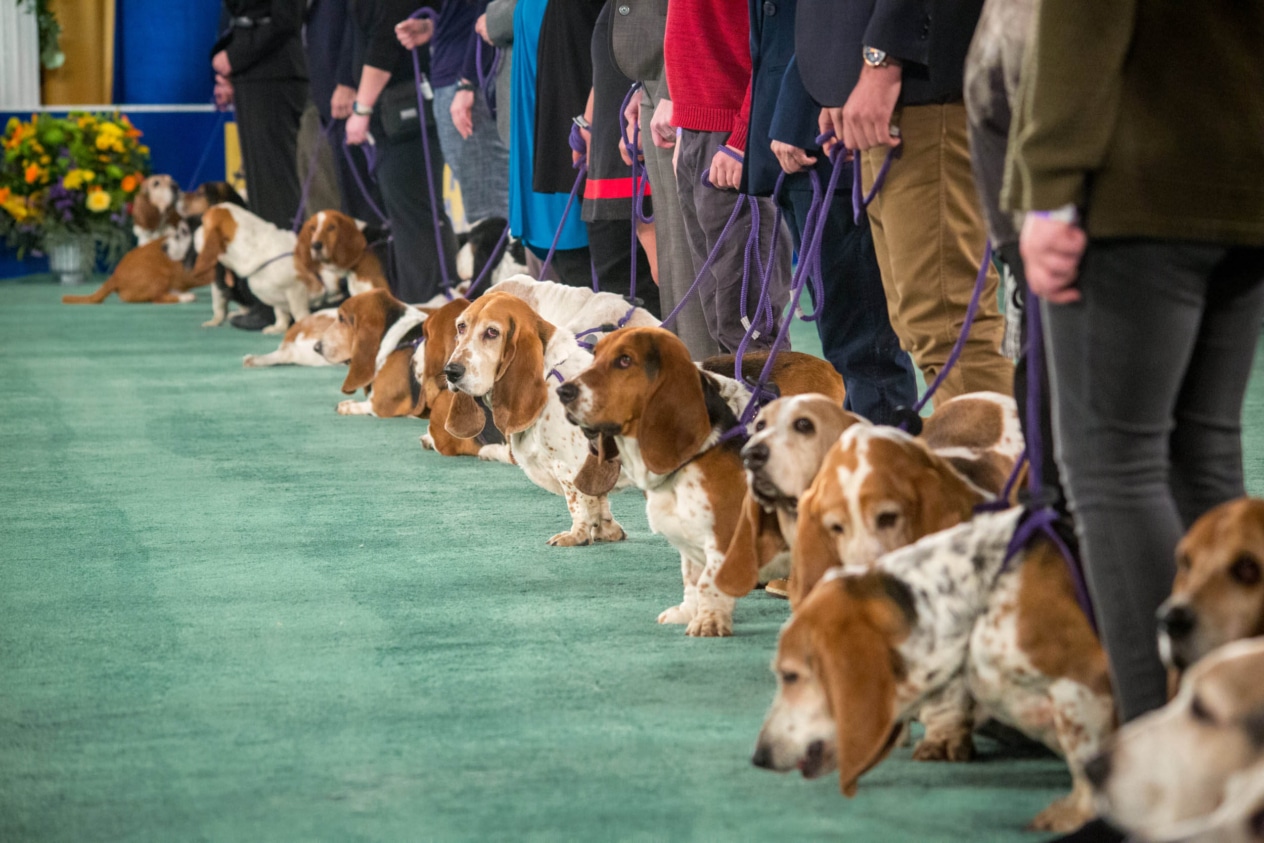 Growing environmental awareness is influencing the grooming industry in the U.S. Pet owners increasingly opt for natural and eco-friendly grooming products, avoiding harsh chemicals.
Growing environmental awareness is influencing the grooming industry in the U.S. Pet owners increasingly opt for natural and eco-friendly grooming products, avoiding harsh chemicals.
The minimalist approach to grooming focuses on essential treatments and products, reducing stress for pets and minimizing environmental impact.
These trends reflect a broader societal shift toward sustainability and mindful living, including pet care.
African Approaches
Traditional Grooming for Local Dog Breeds
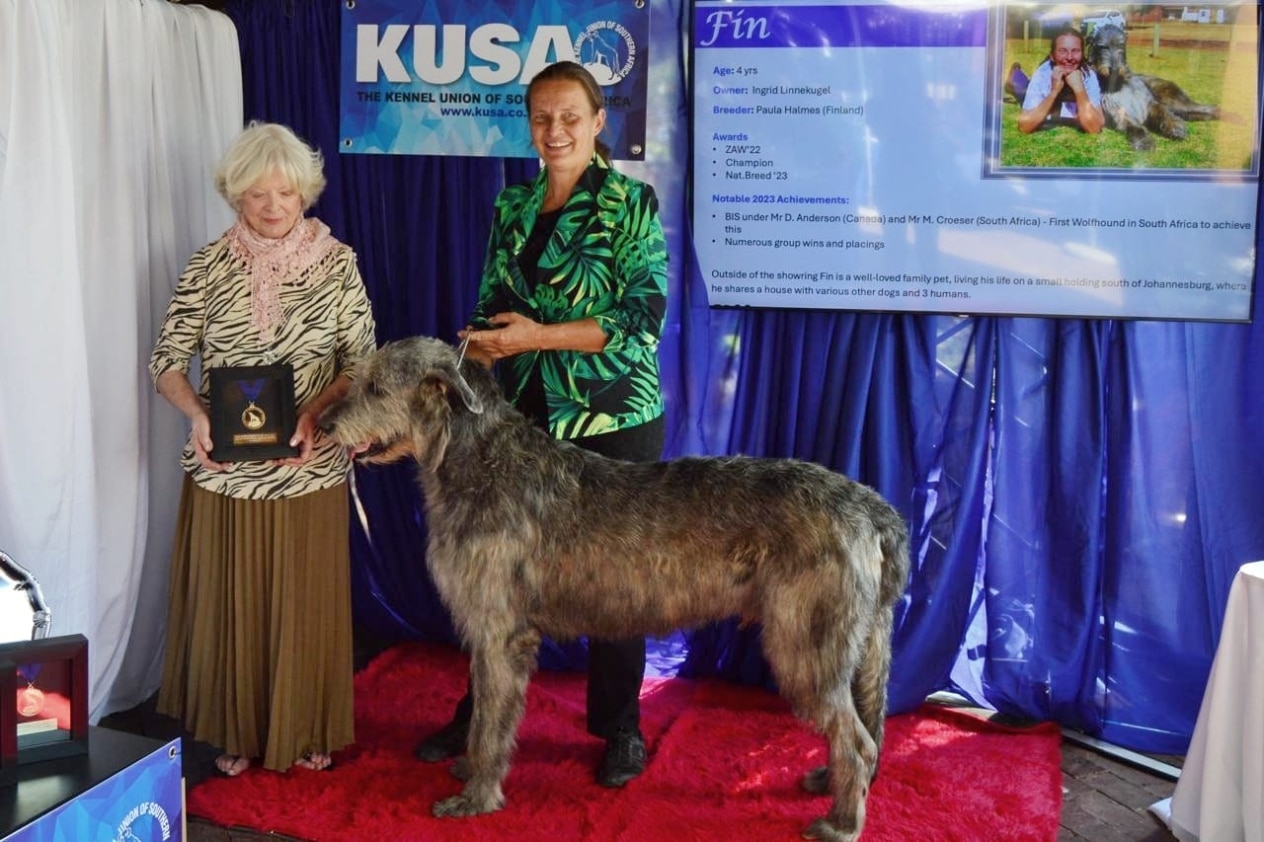
In Africa, dogs play a vital role in many communities, serving as guards, hunters, and companions. Their care is often based on traditional methods passed down through generations.
Local breeds like the Basenji and African Boerboel are naturally adapted to harsh climates, reducing the need for intensive grooming. However, regular coat cleaning to remove dust and parasites remains an essential part of dog care.
Using Natural Ingredients for Parasite Protection
African communities traditionally rely on natural remedies to protect their dogs from parasites. Plant extracts such as neem oil (Azadirachta indica), known for its insecticidal properties, are used to treat the coat and skin. Herbal decoctions are also applied to repel fleas and ticks.
These methods are not only effective but also environmentally friendly, making them a preferred choice among the local population.
Australia and Oceania
How Climate Influences Grooming (Practical Haircuts to Combat Heat)
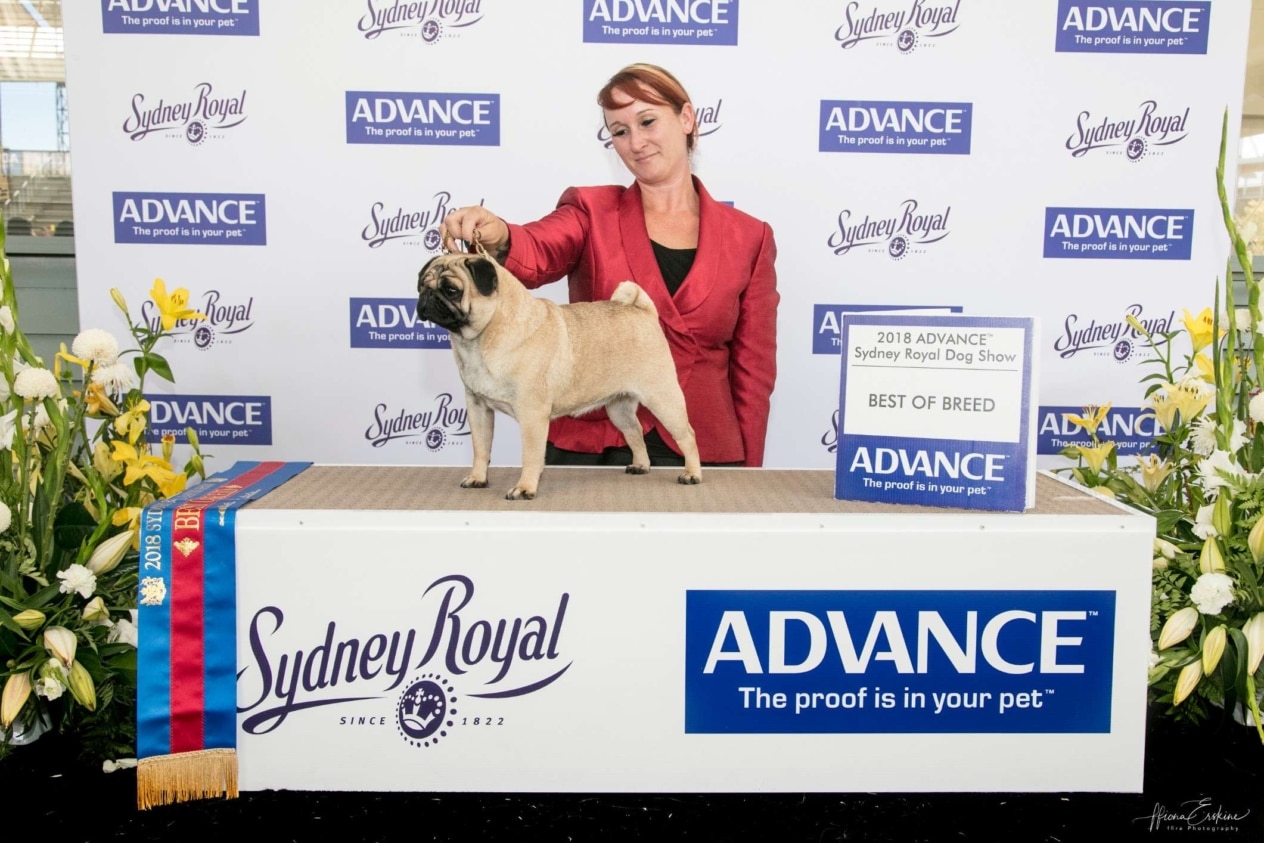
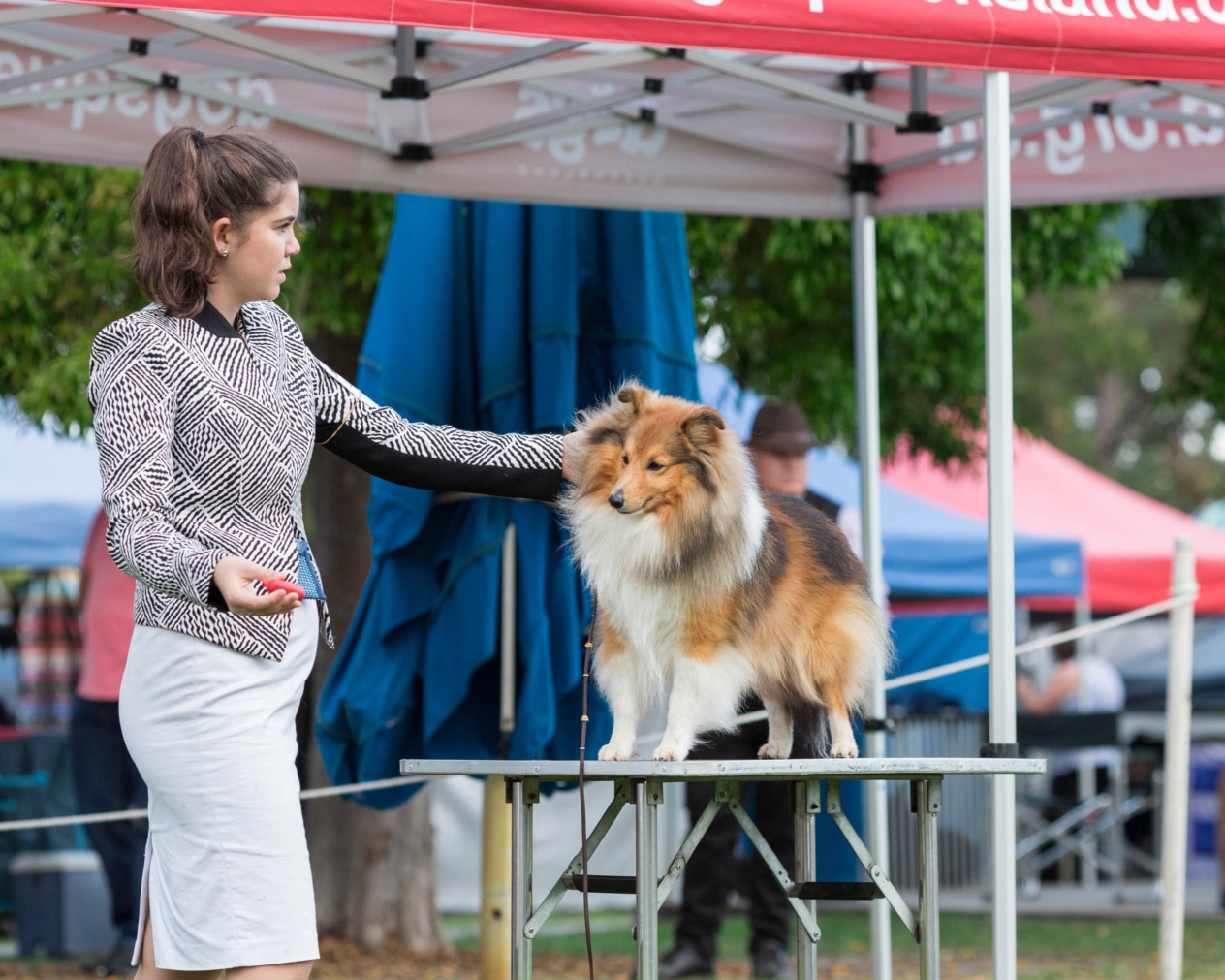
Australia is known for its hot and dry climate, which influences dog grooming practices. To reduce heat stress, pet owners often opt for short haircuts, especially for thick-coated breeds. This helps prevent overheating and keeps dogs comfortable in high temperatures. However, maintaining a certain coat length is essential to protect the skin from UV radiation.
Grooming Needs of Local Breeds
Australian breeds like the Australian Kelpie and Australian Terrier have coats adapted to the local climate. Their undercoat provides insulation against heat and sun protection. Grooming for these breeds includes regular brushing to remove dead hair and maintain skin balance. Bathing is done as needed, using mild shampoos to preserve the natural protective layer of the skin.
In both regions, grooming approaches have been shaped by climate and cultural traditions, ensuring the best care for dogs in their specific environments.
Ukraine’s Contribution to Grooming and Its Unique Features

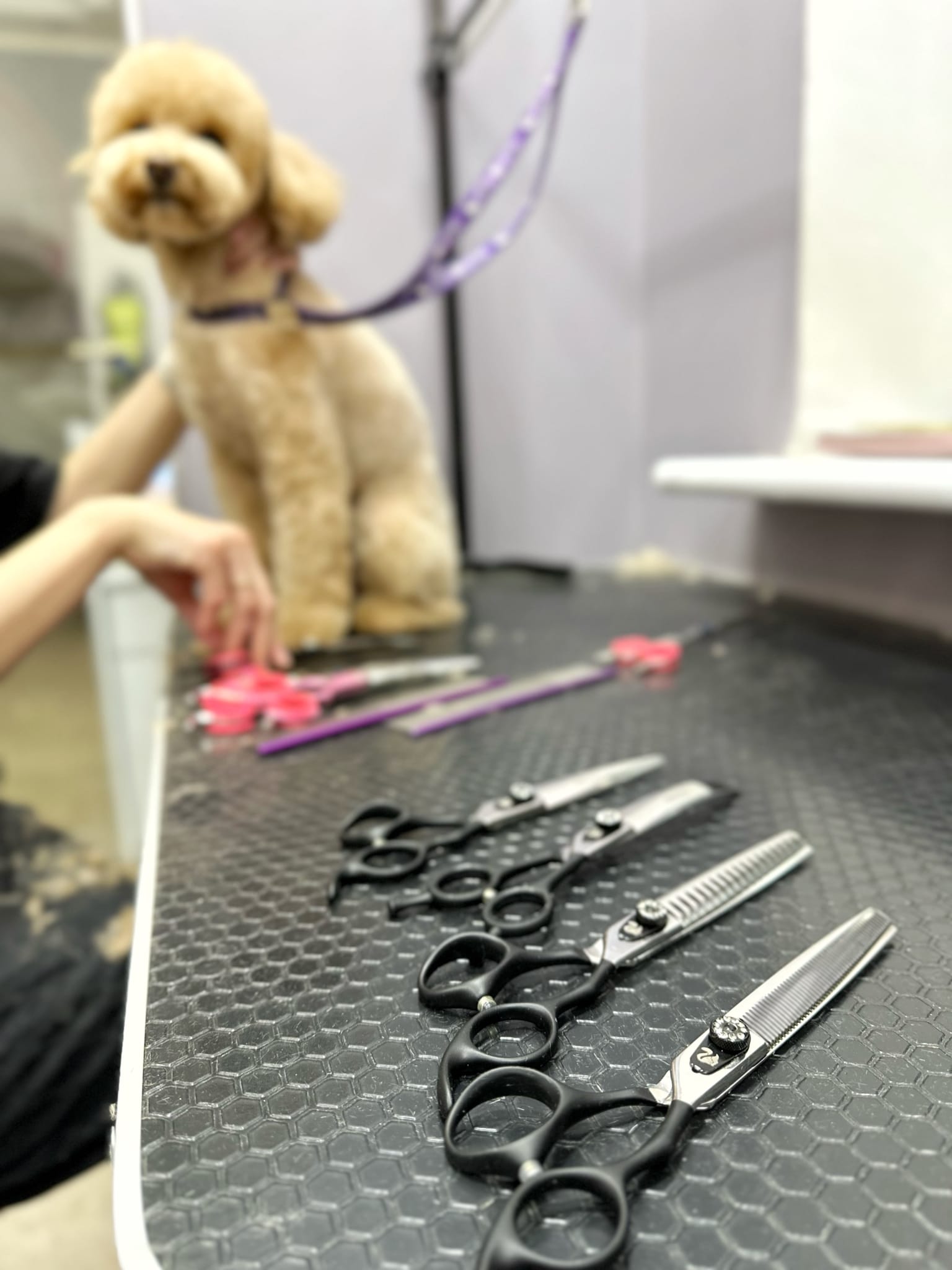
Grooming in Ukraine has undergone significant development, blending traditional methods with modern trends. The first cases of professional pet care emerged in the early 1990s, and since then, the industry has been growing rapidly, becoming an essential part of pet owners’ lives.
Ukrainian groomers are known for their high level of skill and creativity, as evidenced by their participation in international competitions and exhibitions. For instance, Anna Kravchenko became the first Ukrainian to win first place in the most prestigious grooming competition in China, highlighting the global recognition of Ukrainian specialists.
Ukraine is also home to the first and only professional grooming magazine – “Groom Service”. This visually appealing and informative publication features expertise from Ukrainian, European, and international professionals, fostering knowledge exchange and skill development within the industry.
One of the leading educational institutions in the grooming field is V.O.G DOG ACADEMY. The academy offers courses combining theoretical knowledge with hands-on practice, equipping students with the necessary tools for a successful career. Thanks to experienced instructors and modern teaching techniques, graduates become highly qualified professionals ready to work both in Ukraine and abroad.
Ukrainian grooming merges European standards with national traditions, creating a unique style and approach to pet care. With a high level of professionalism, creativity, and dedication to continuous growth, Ukrainian groomers are competitive on the global market. Their achievements contribute to elevating the profession’s prestige and promoting pet grooming culture worldwide.

